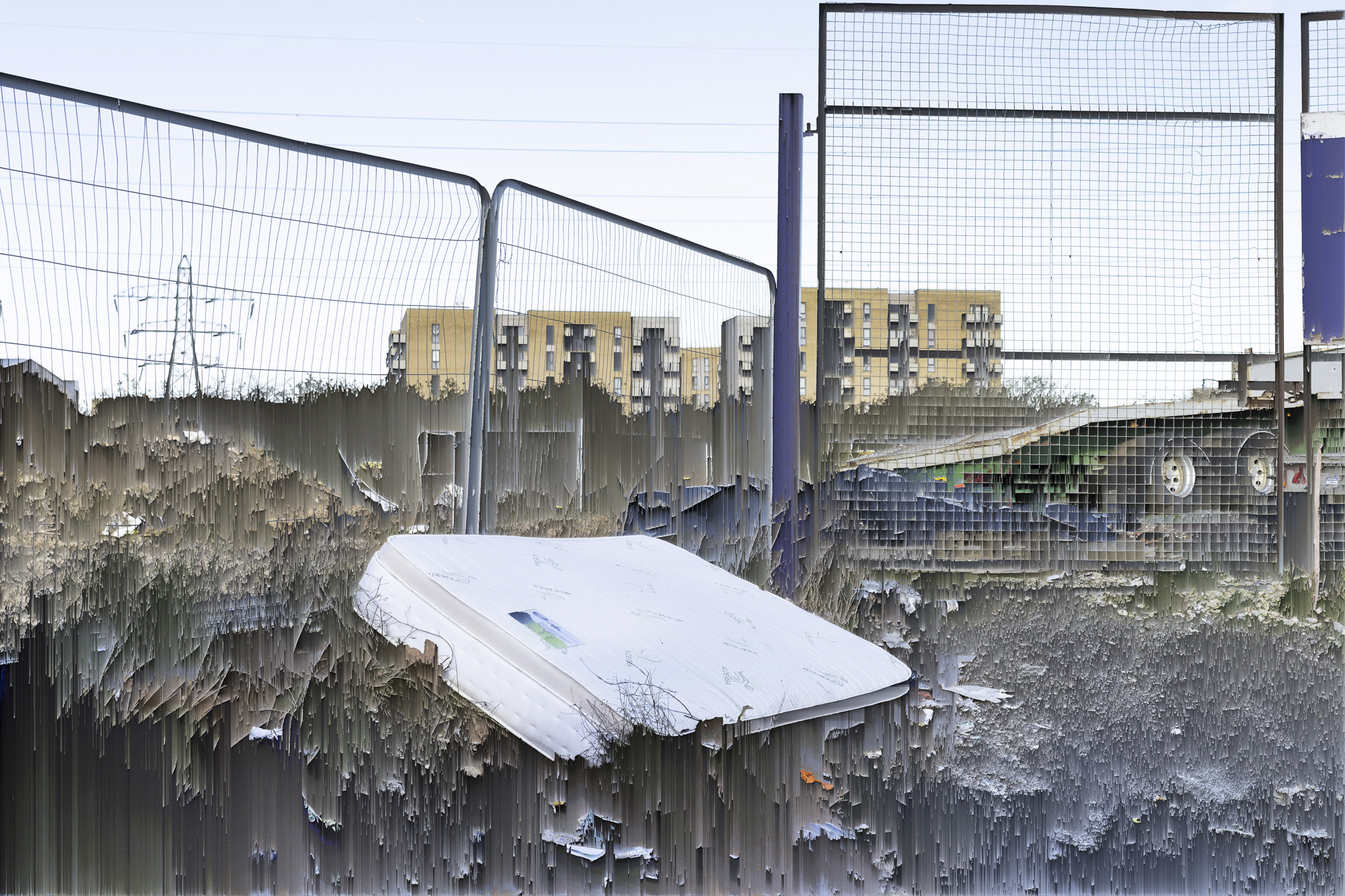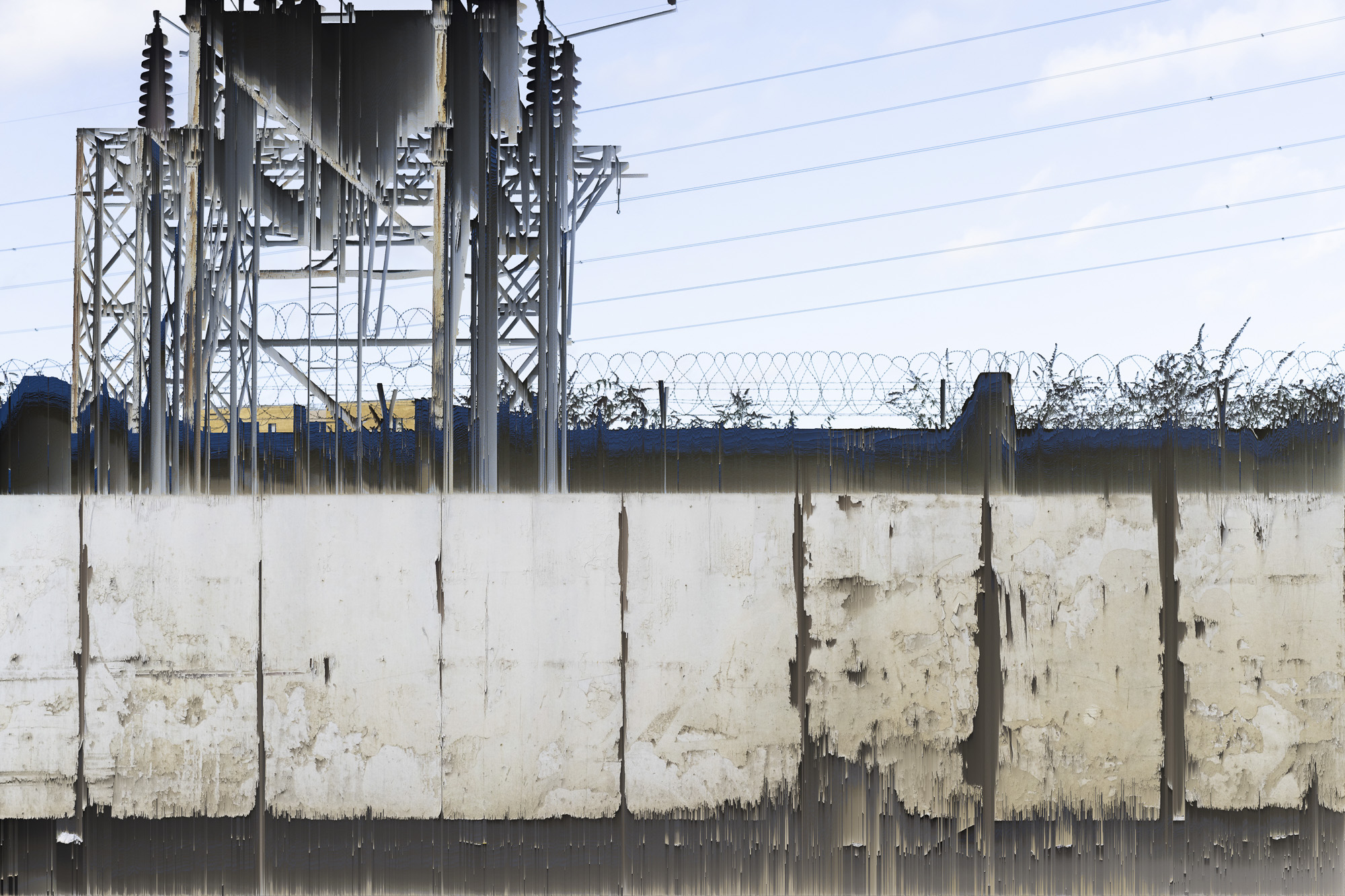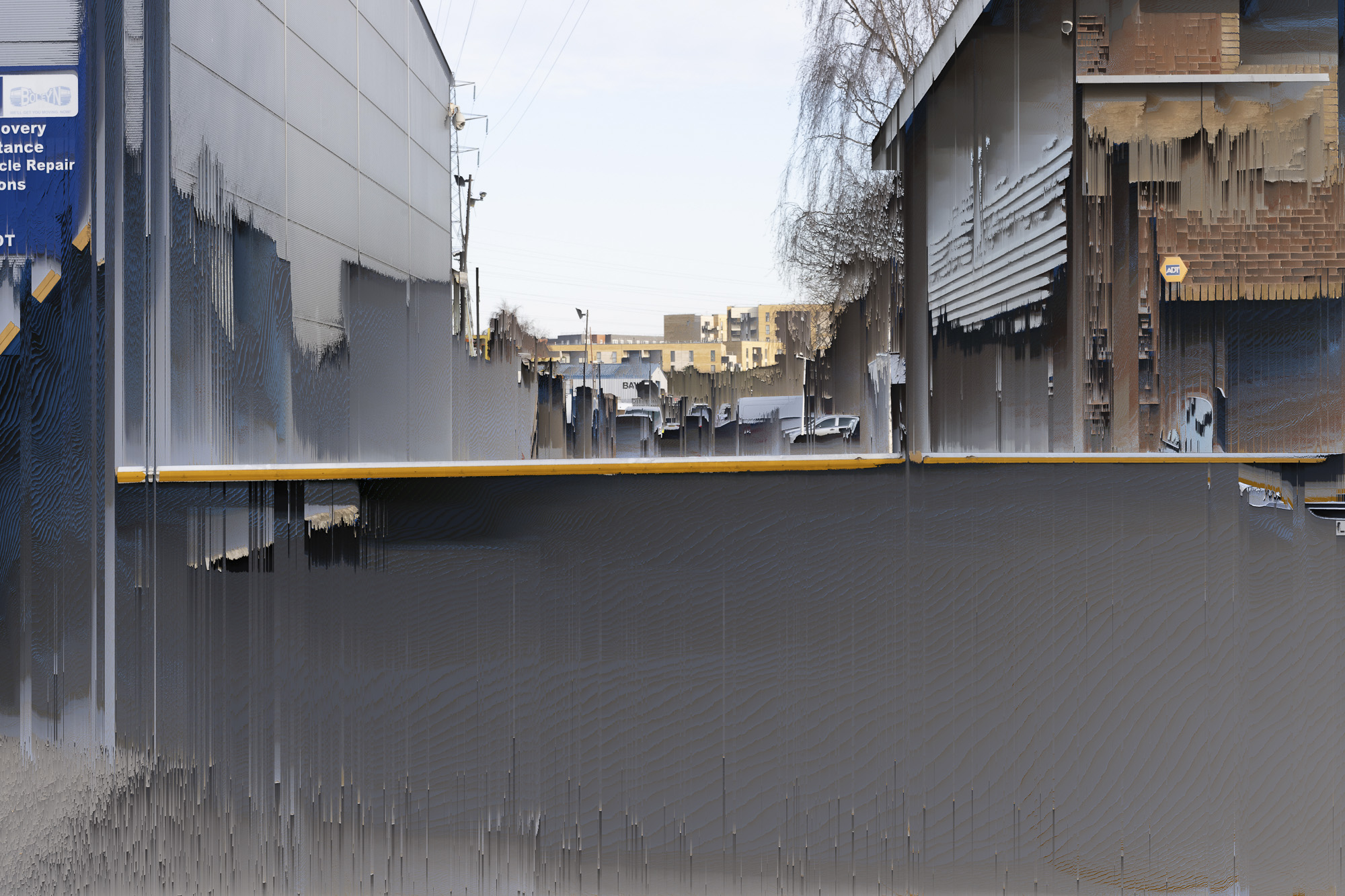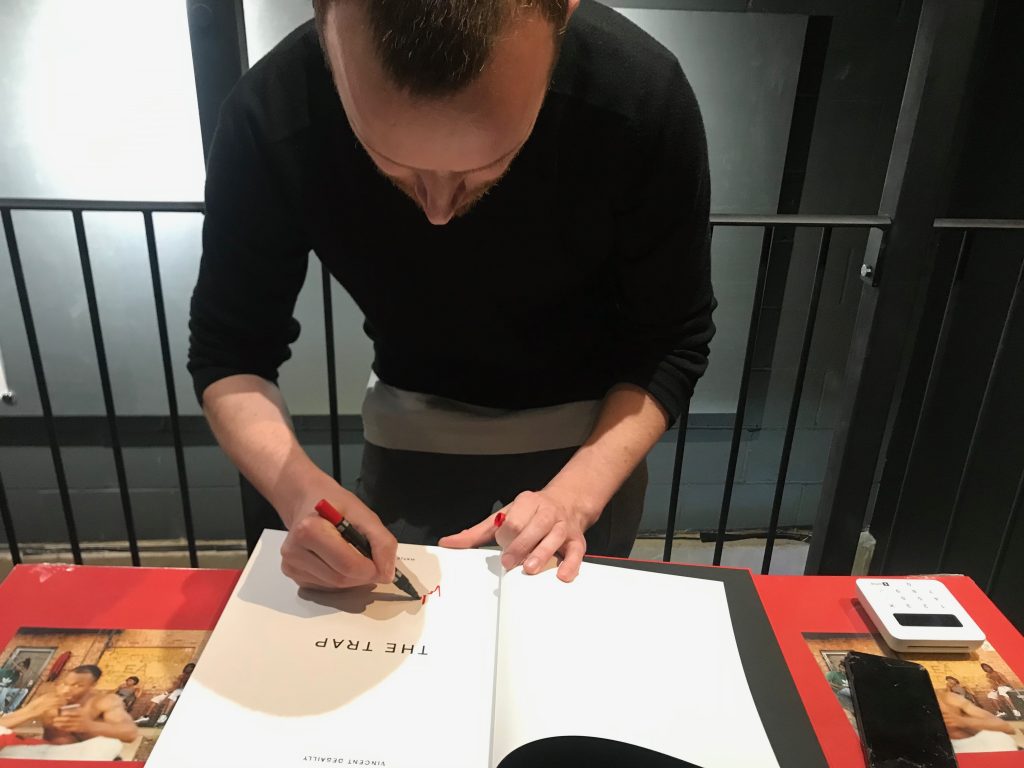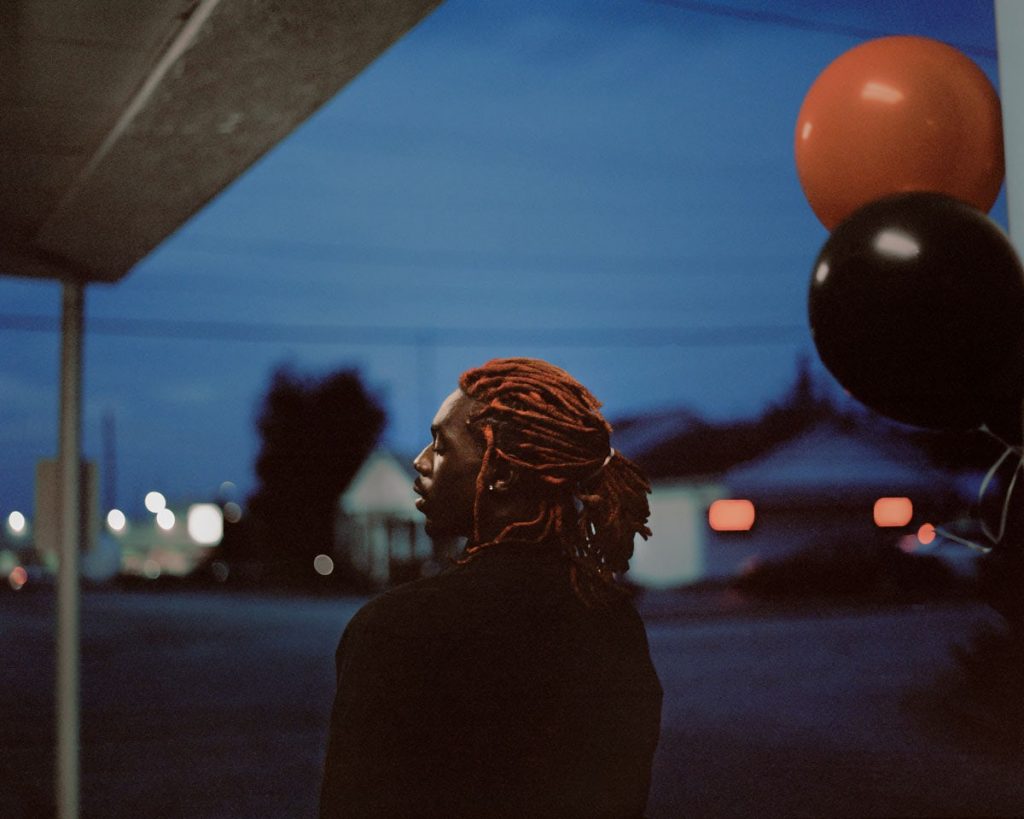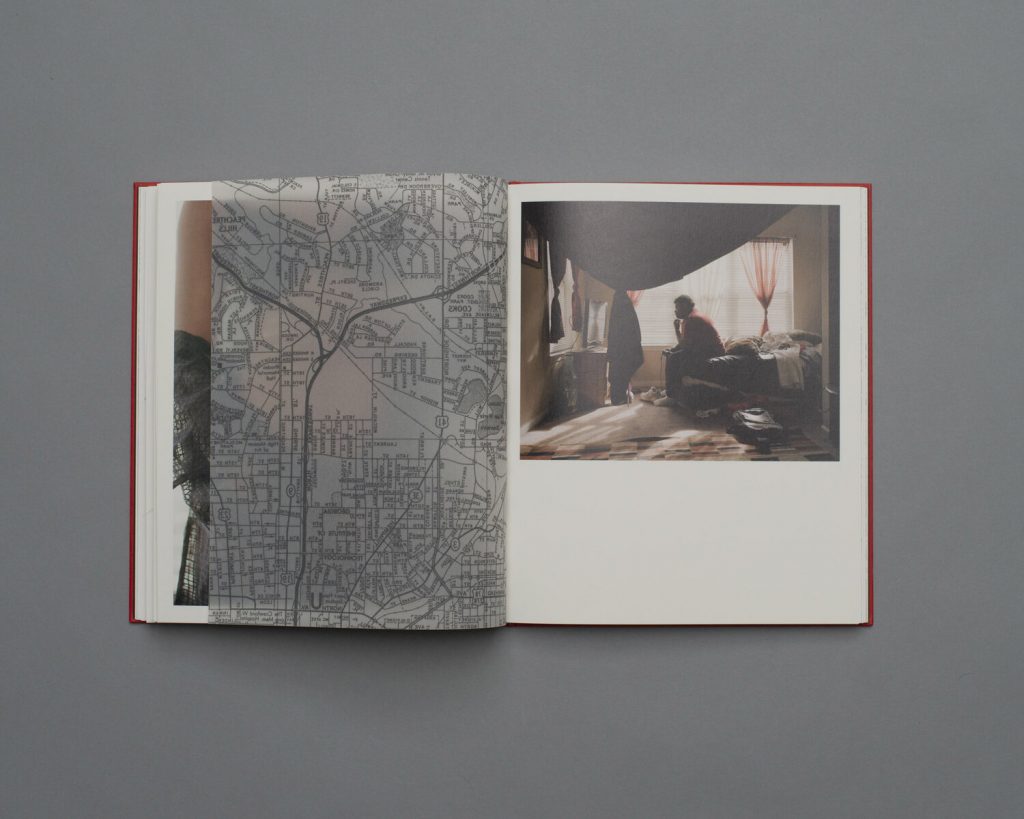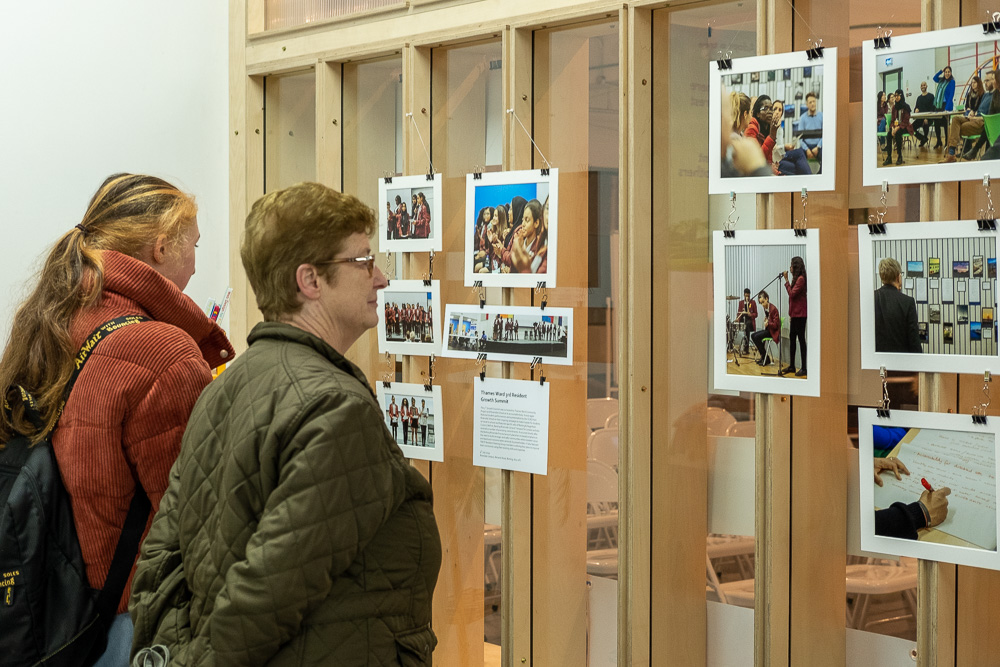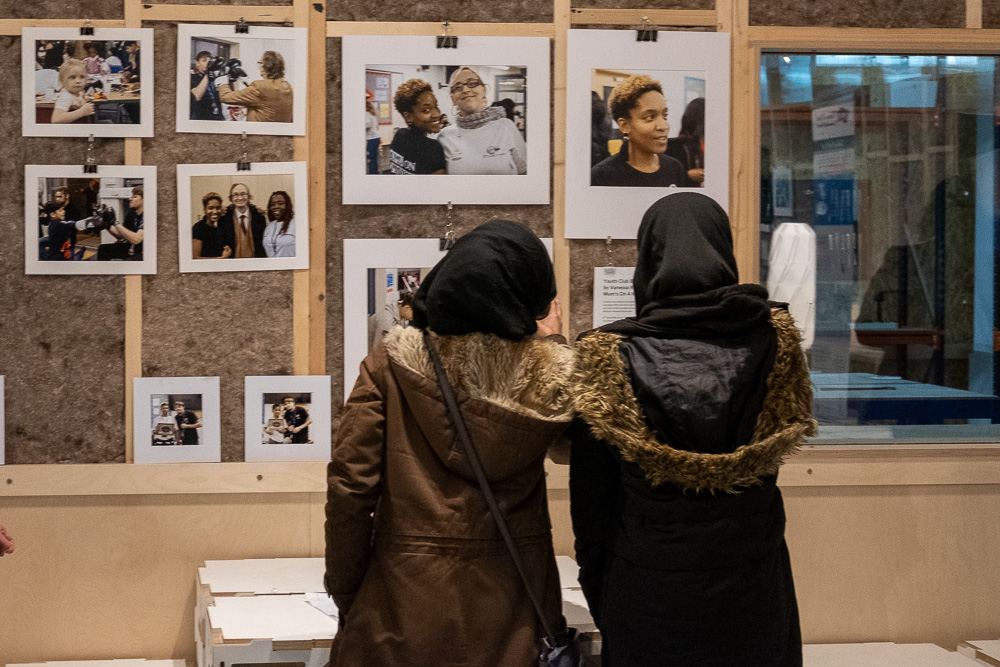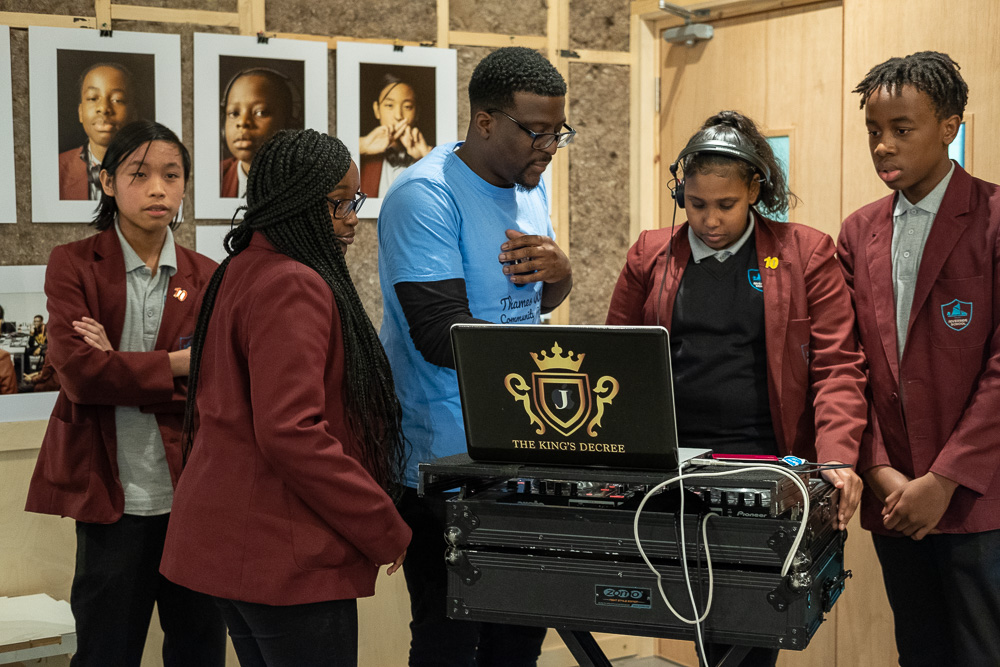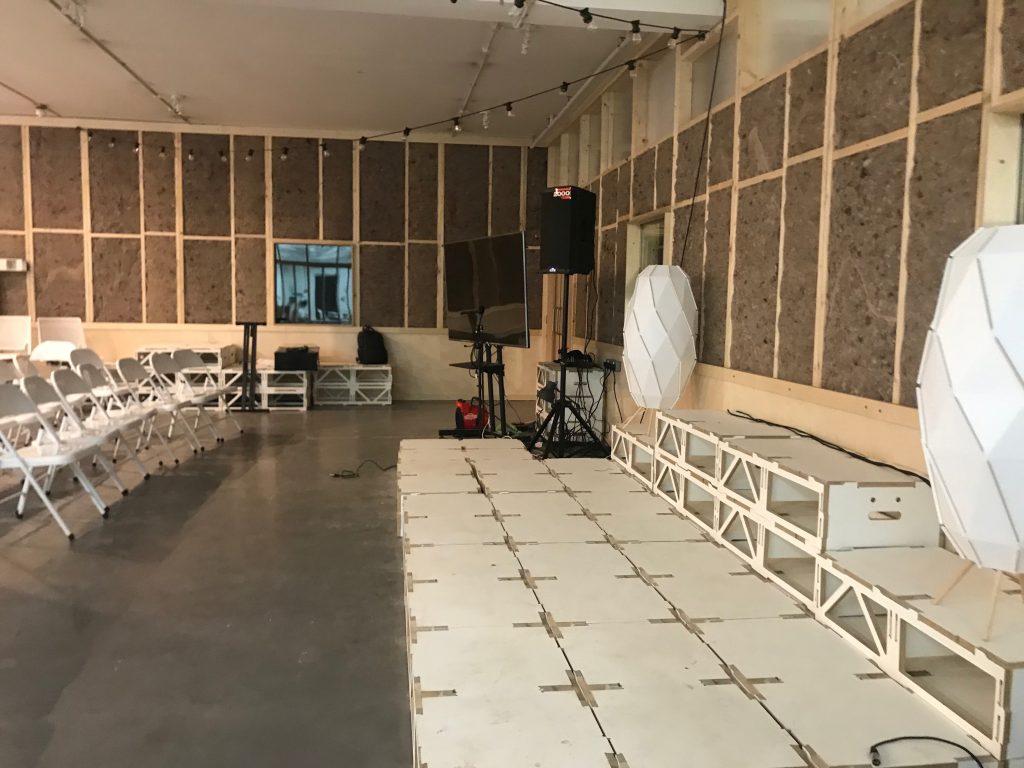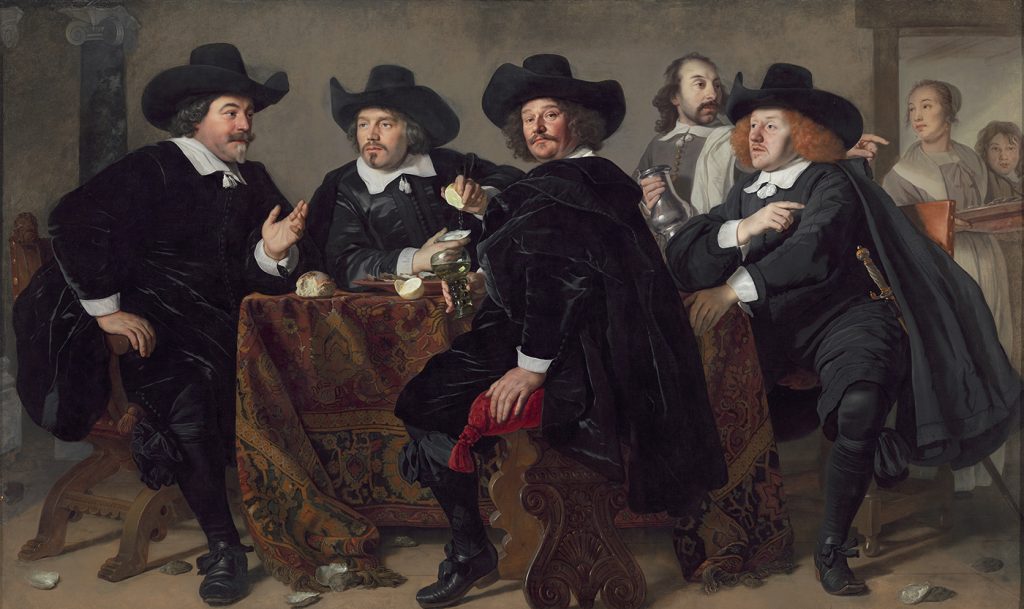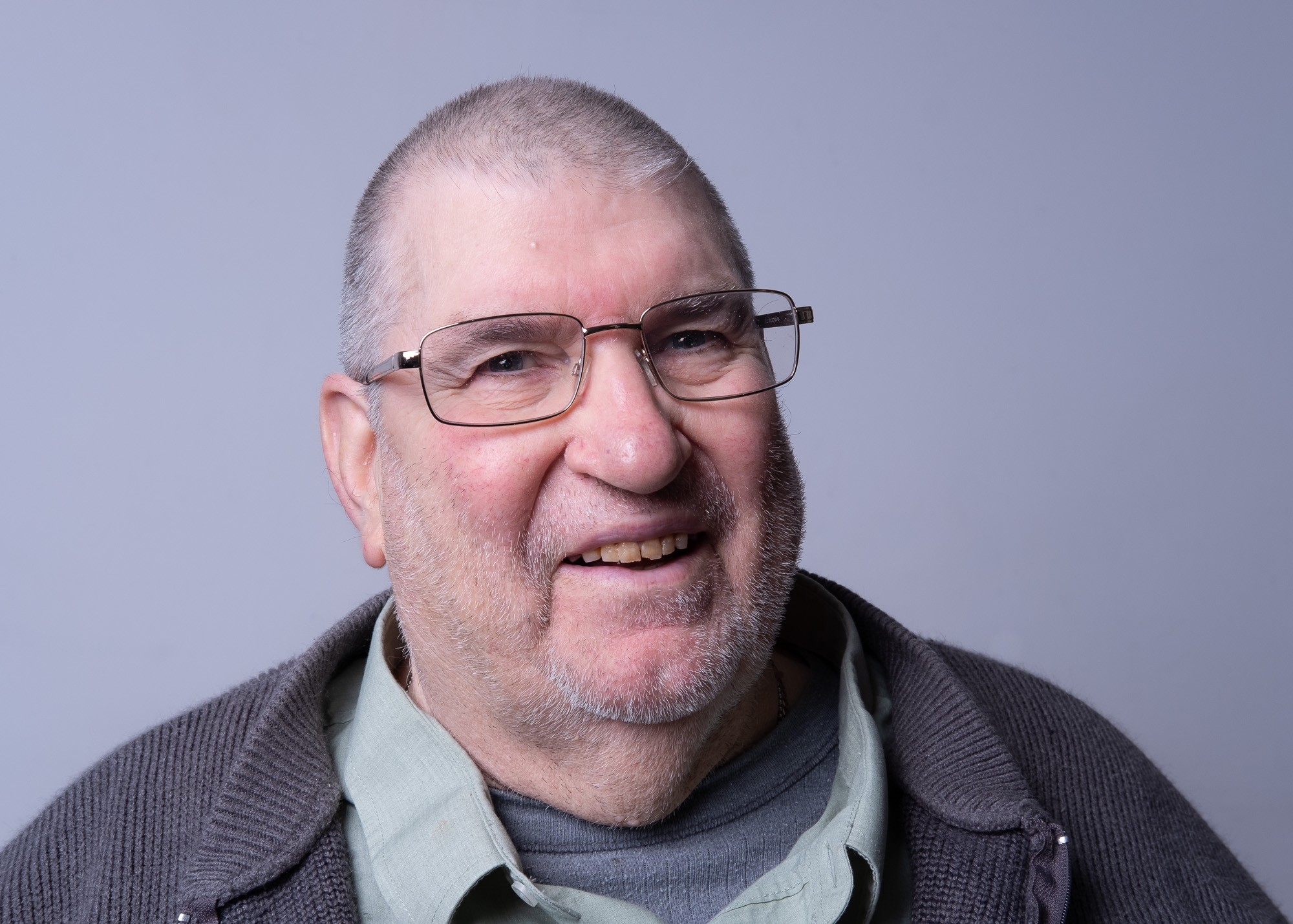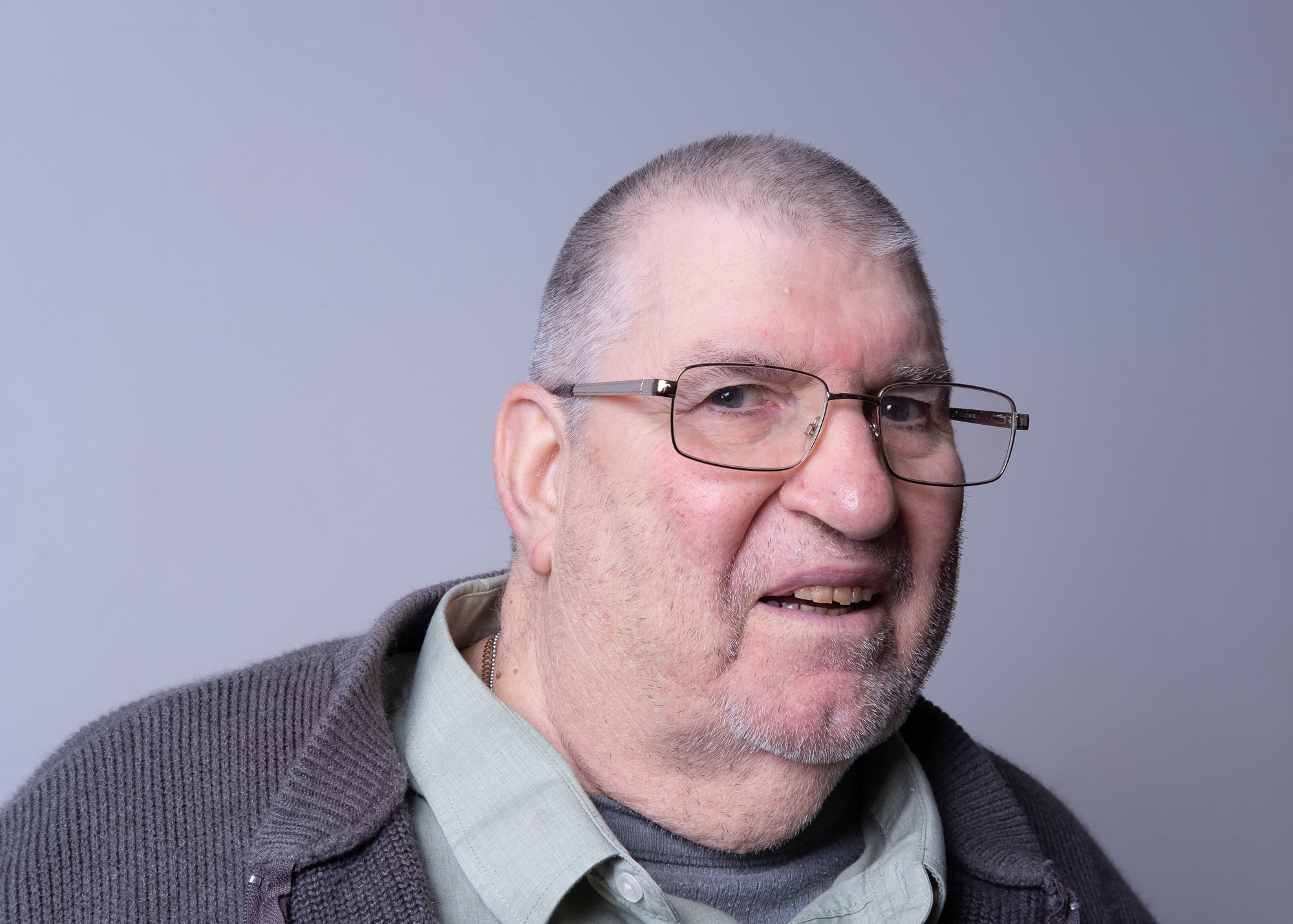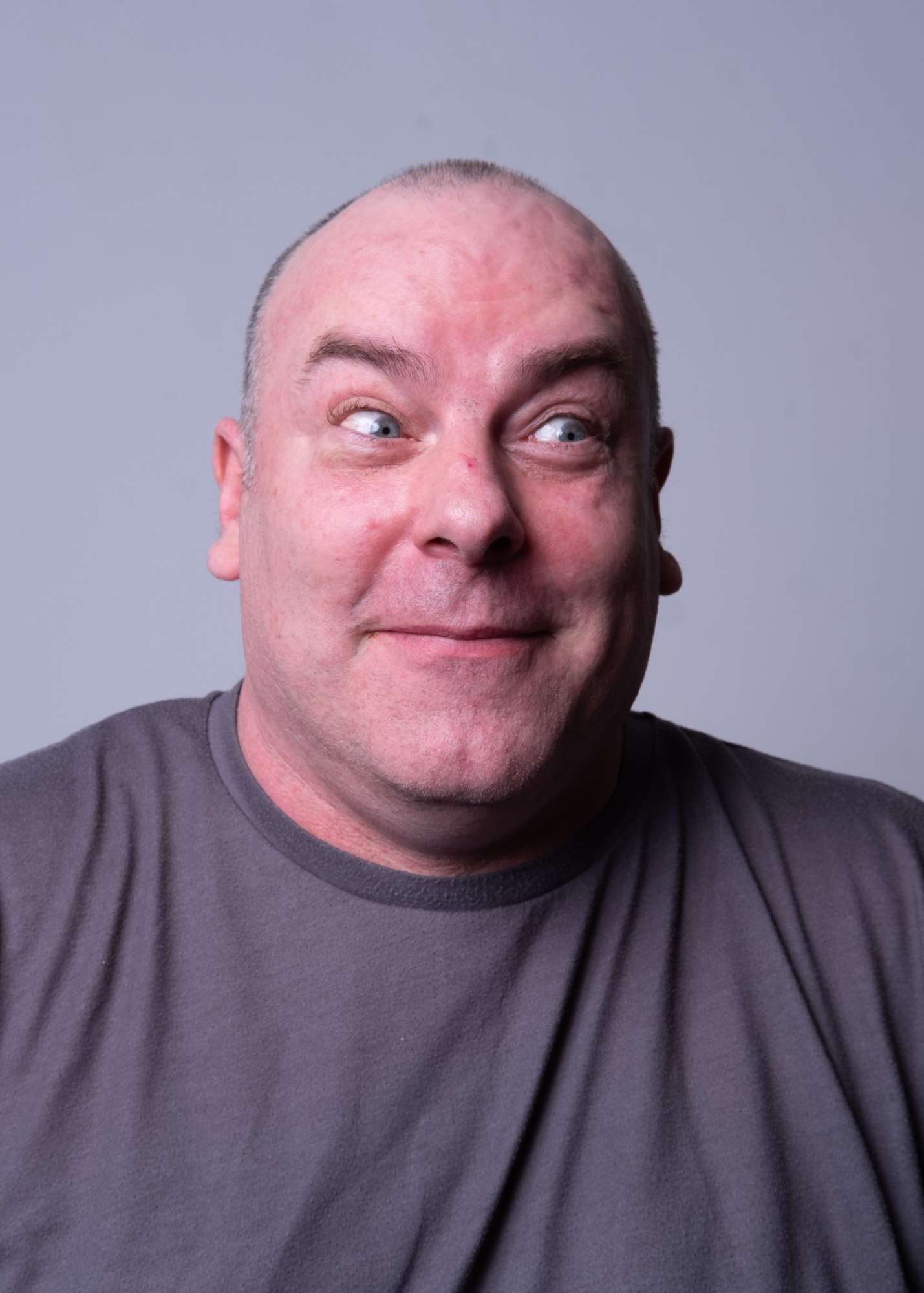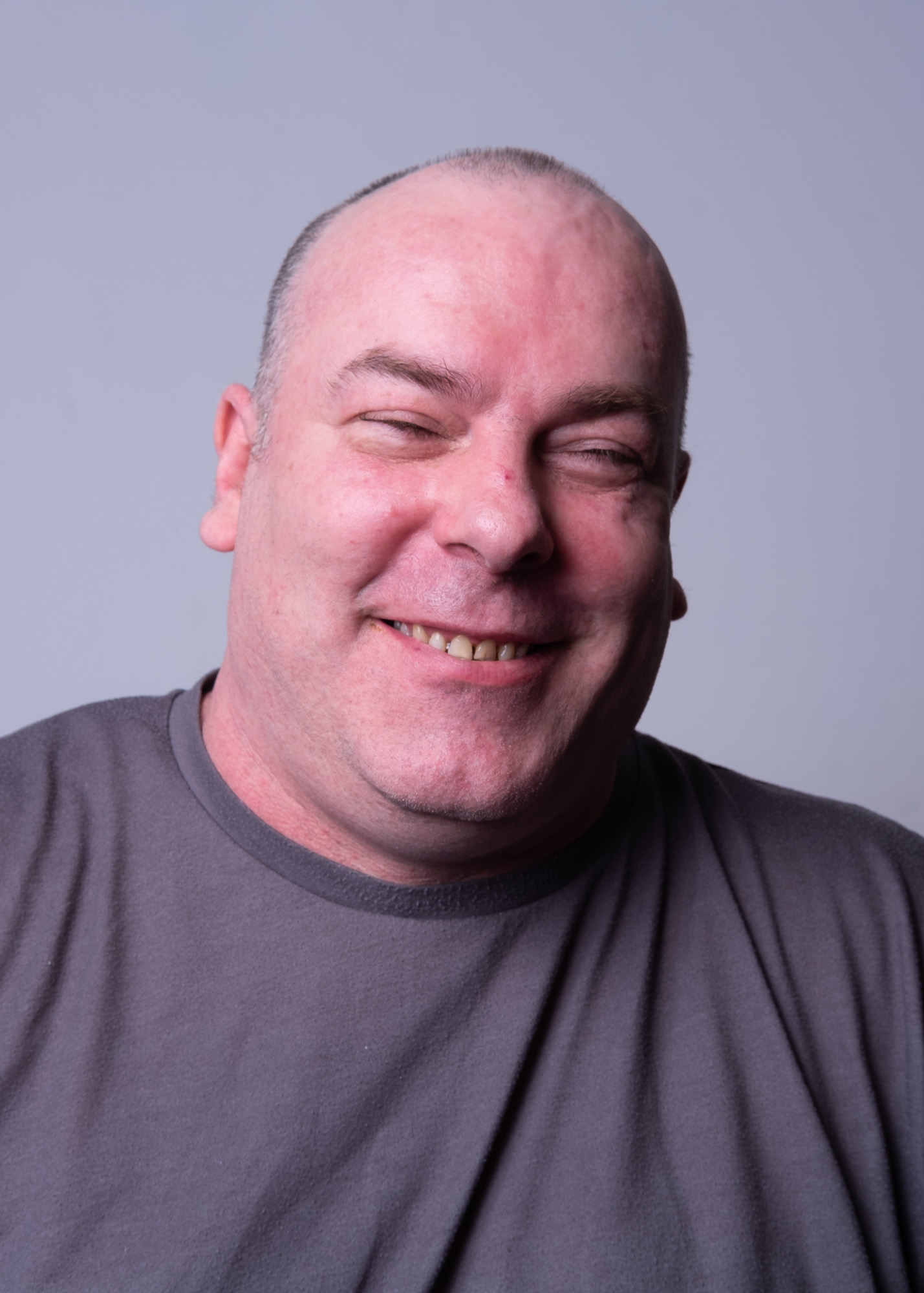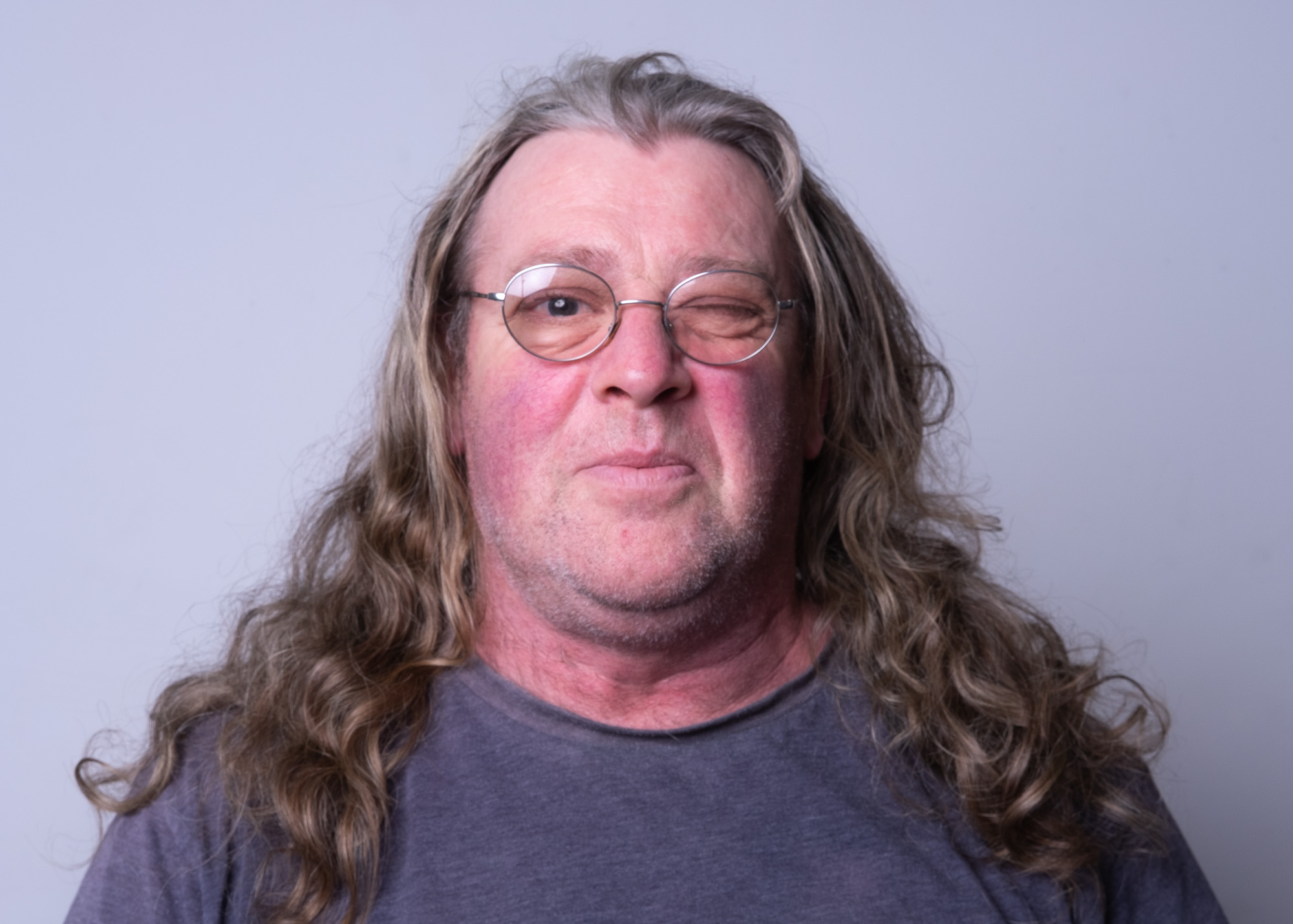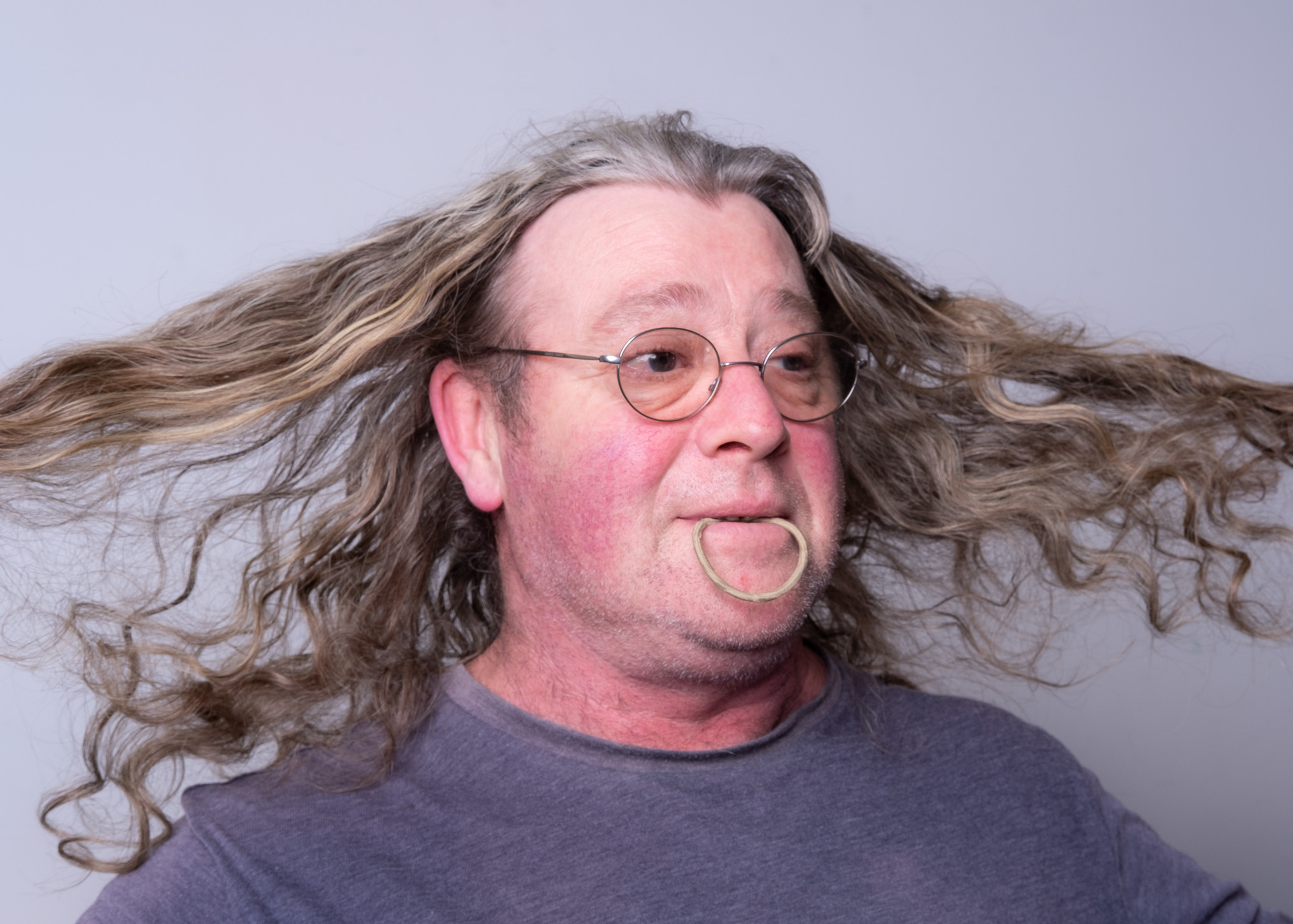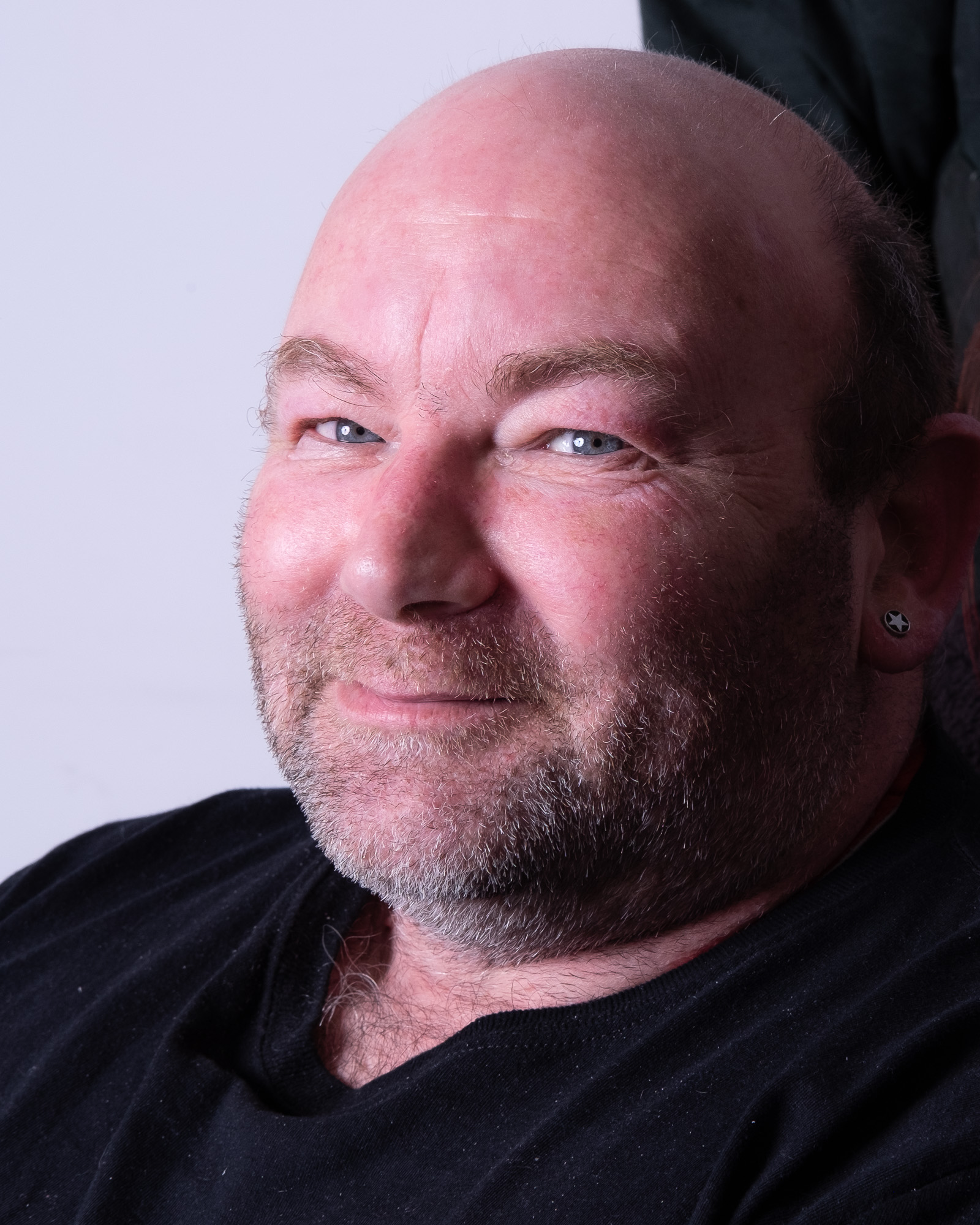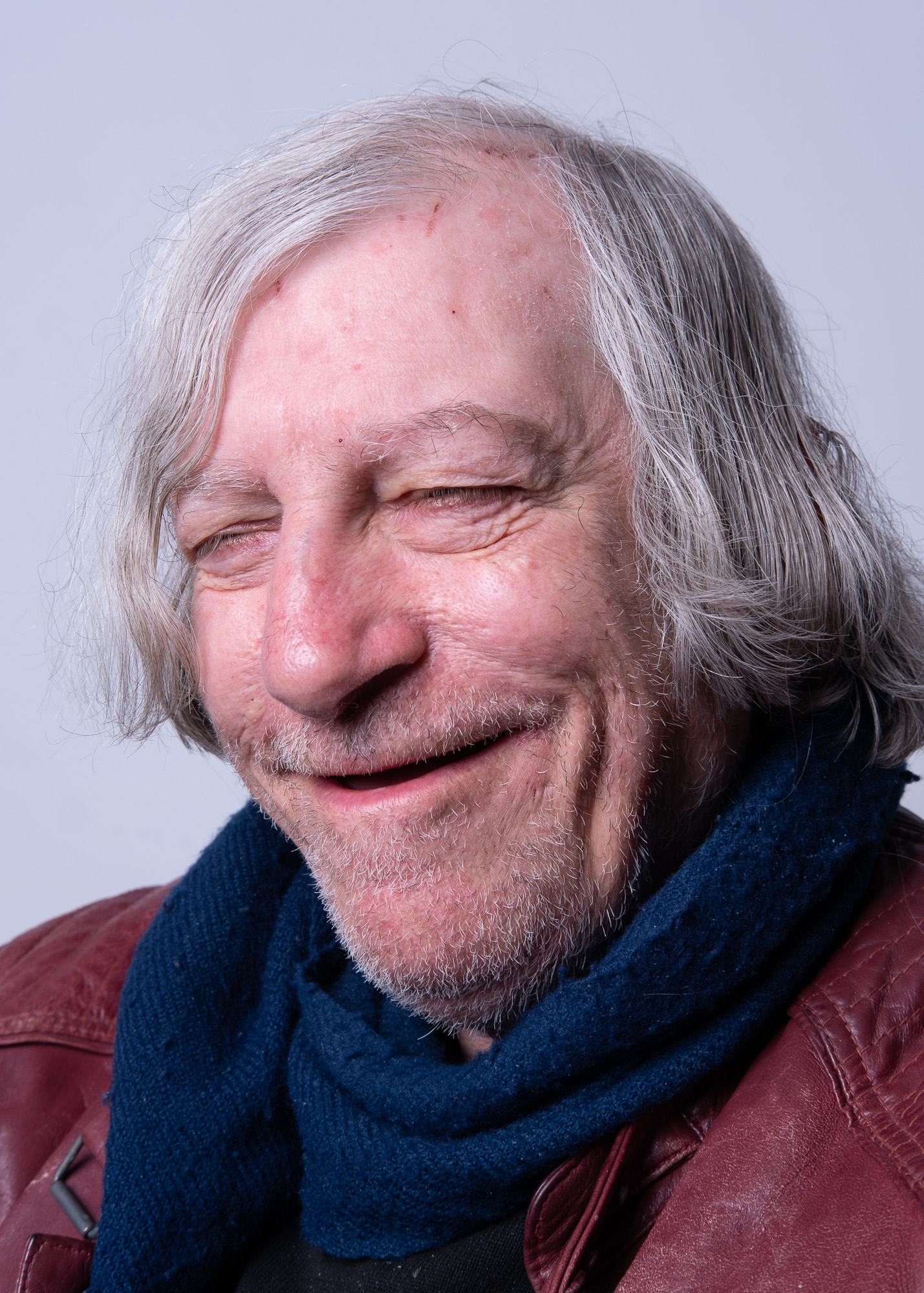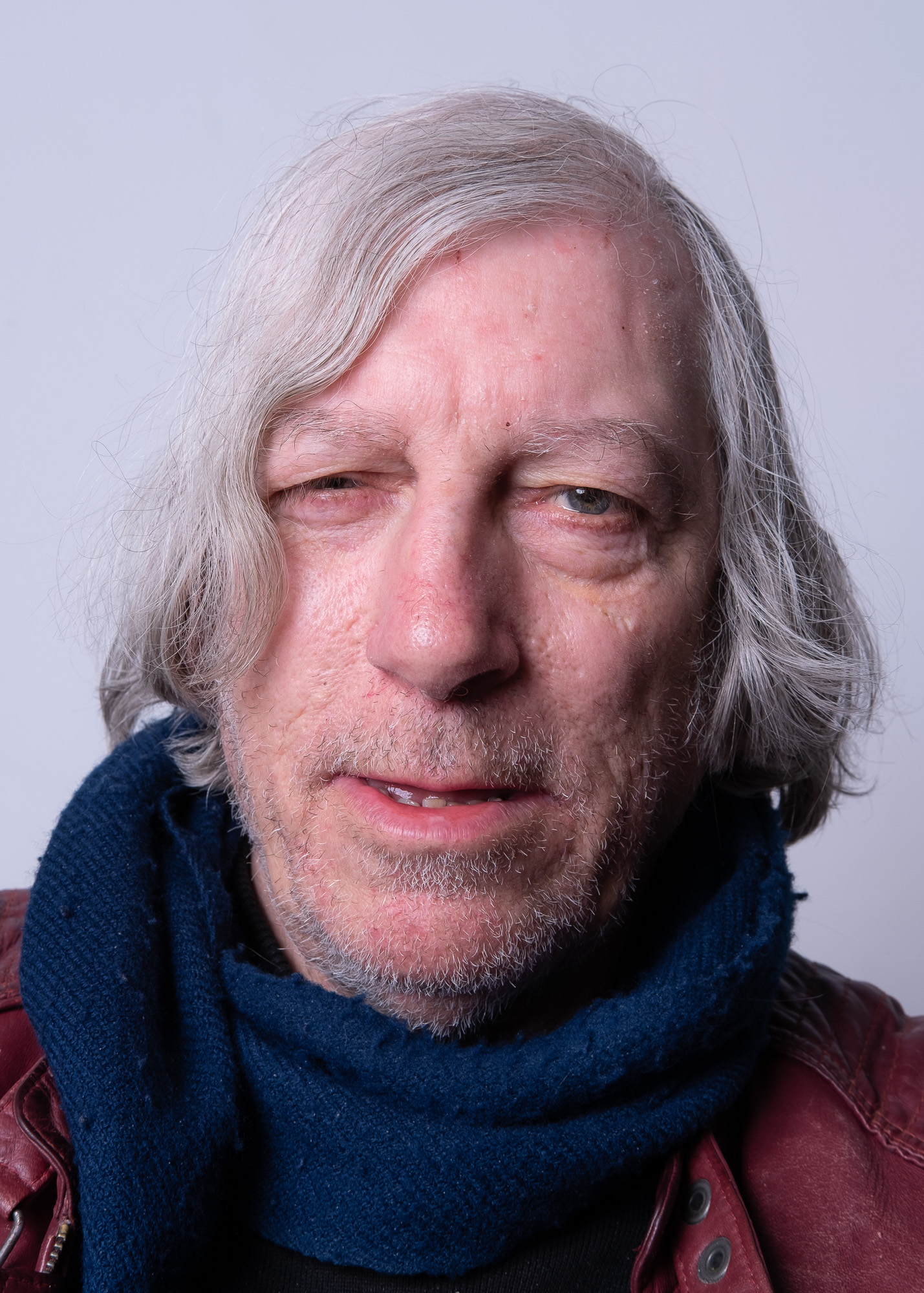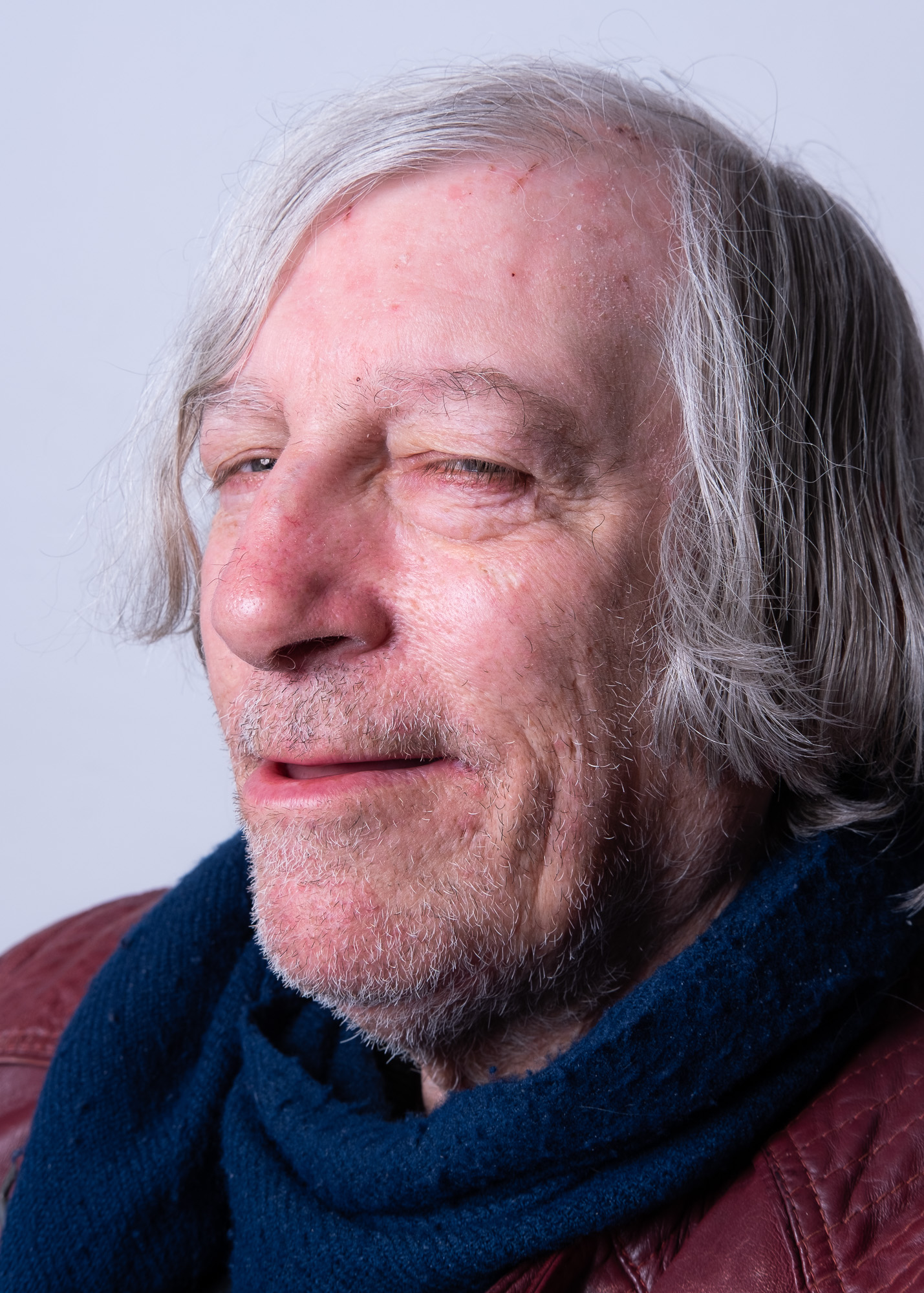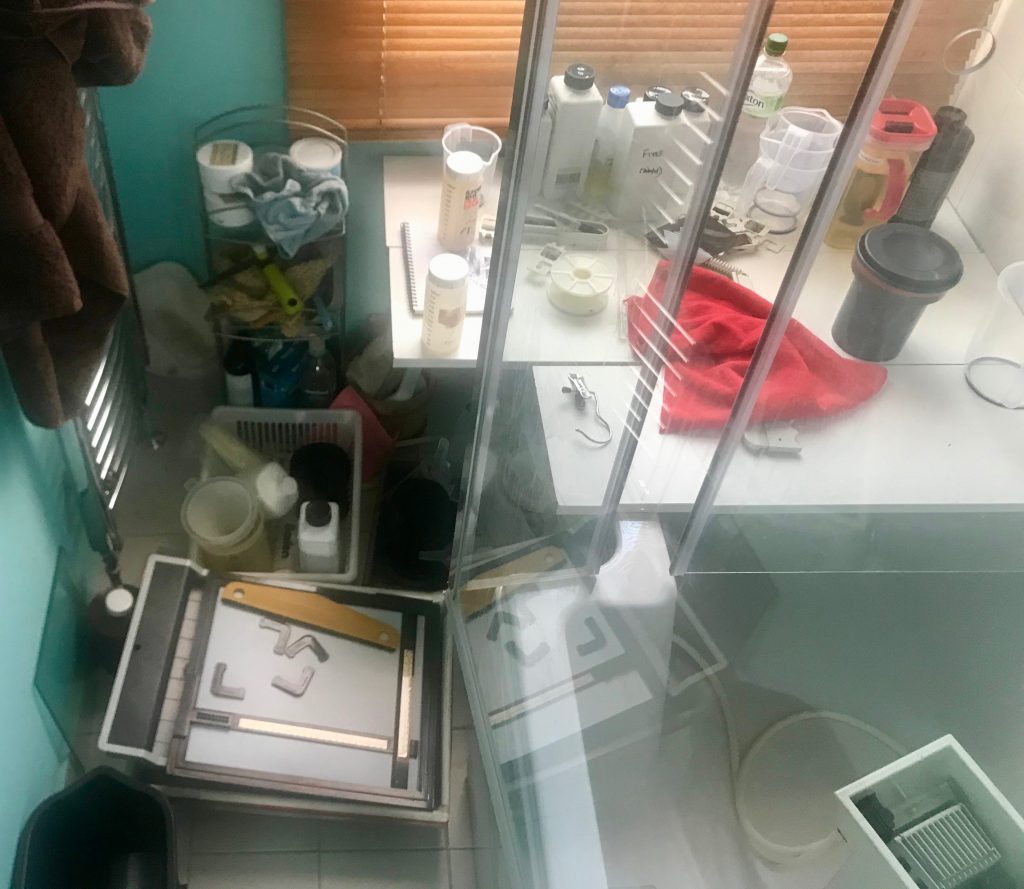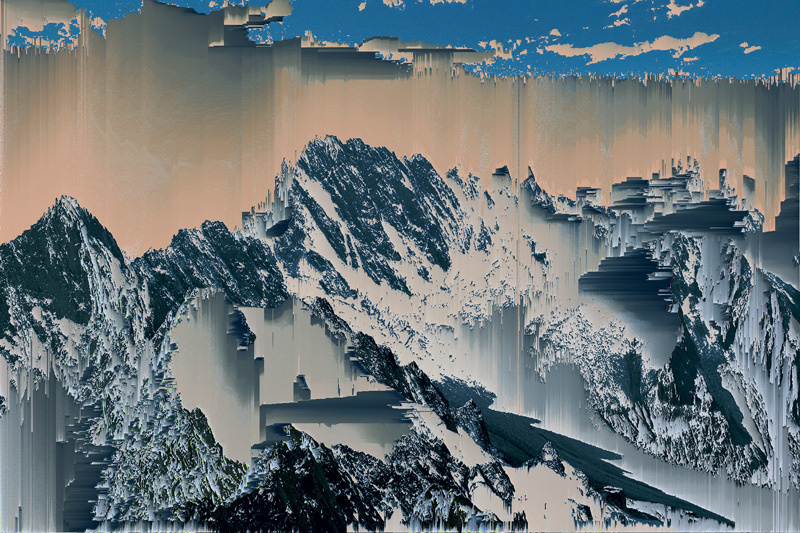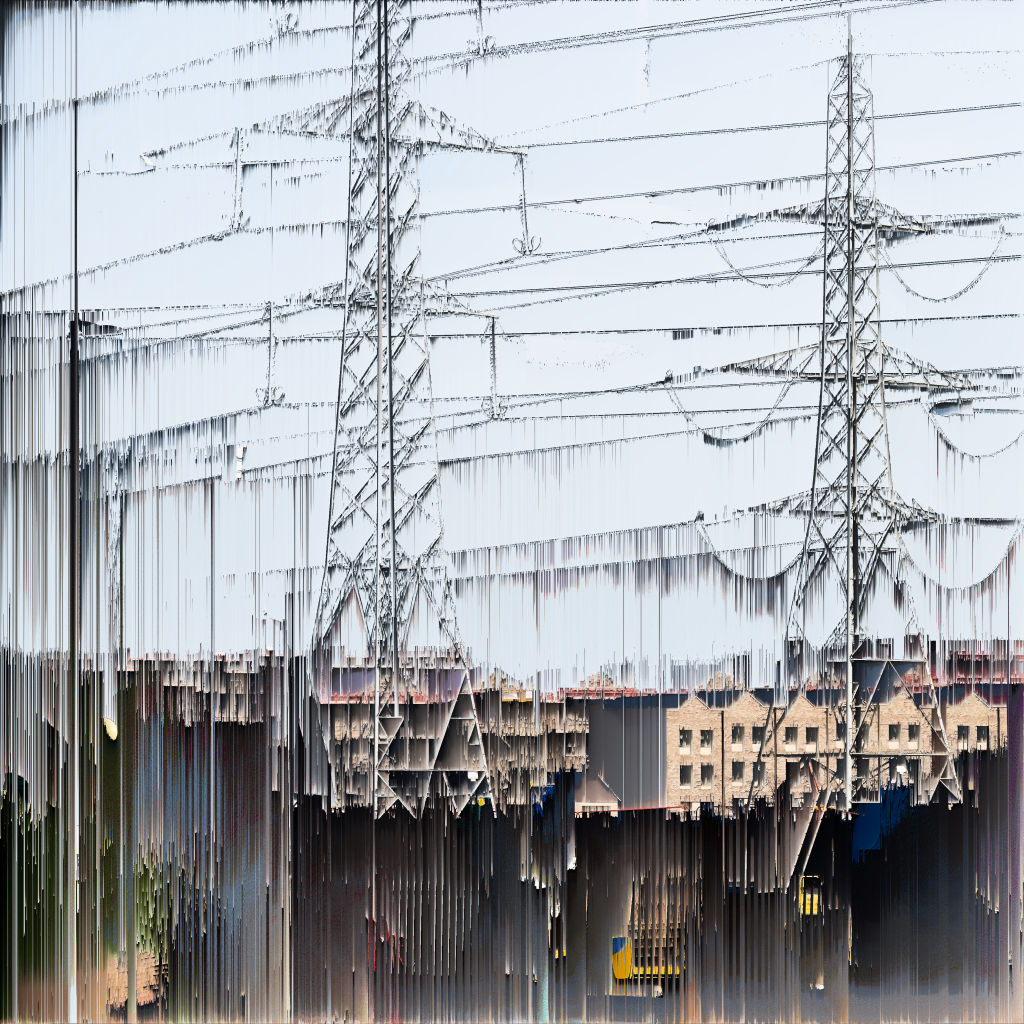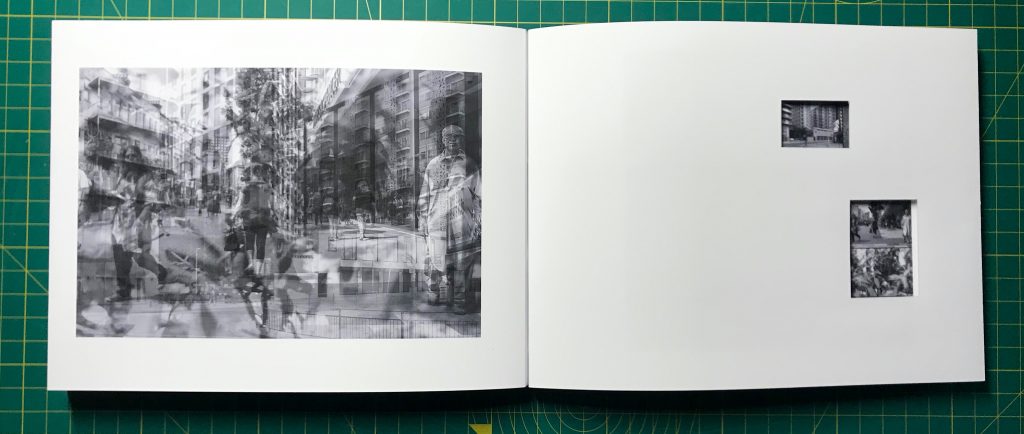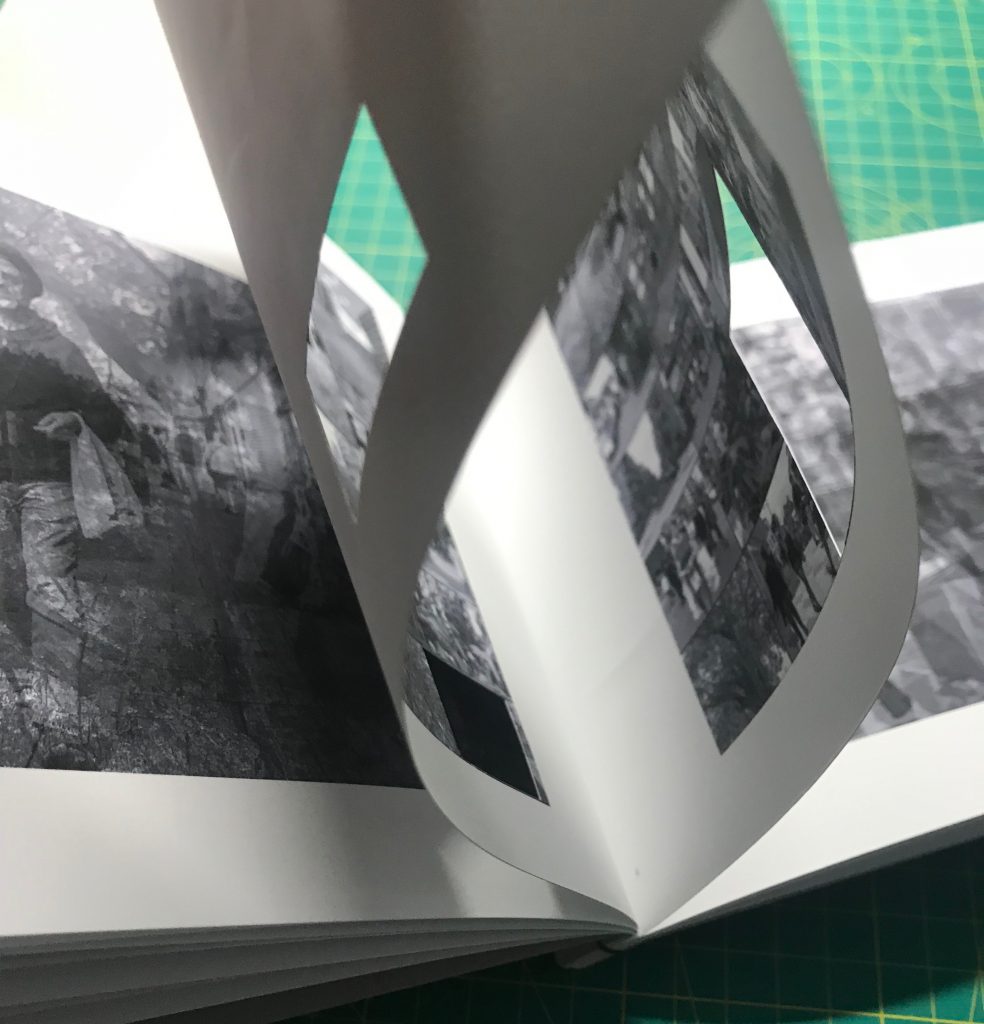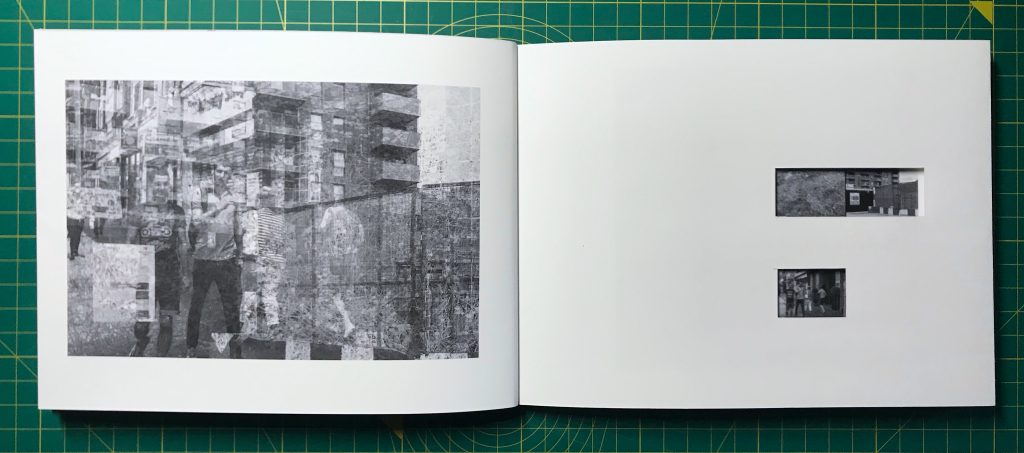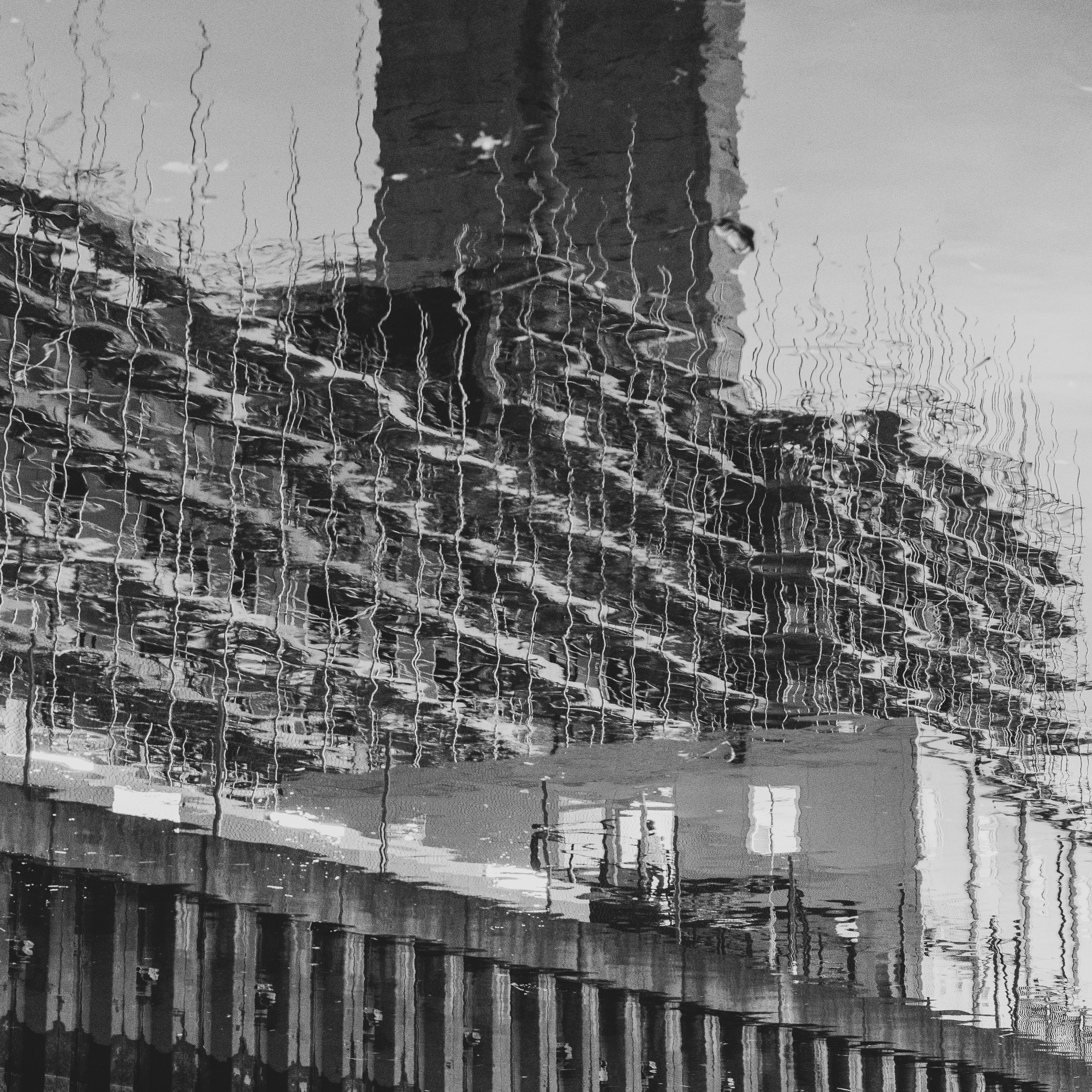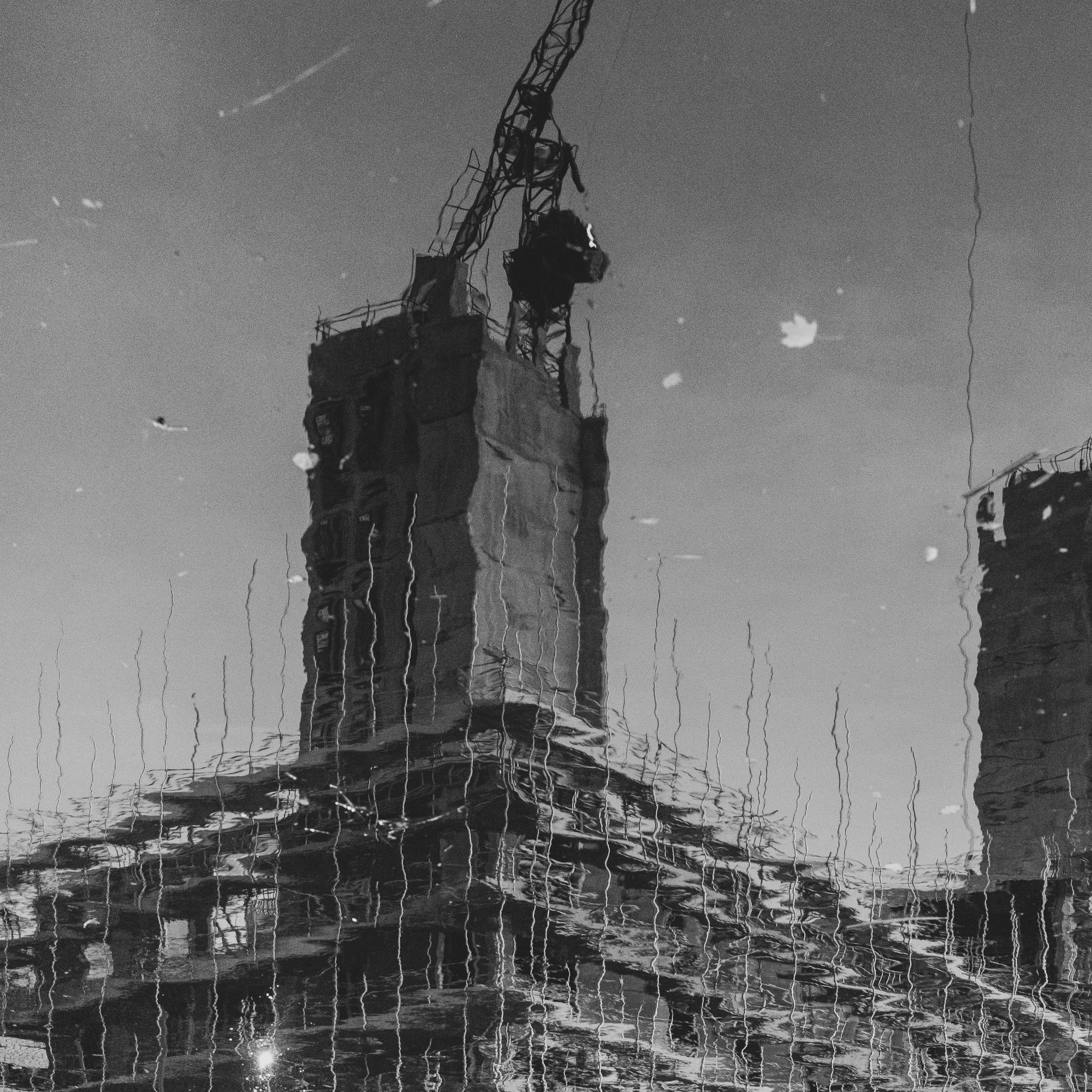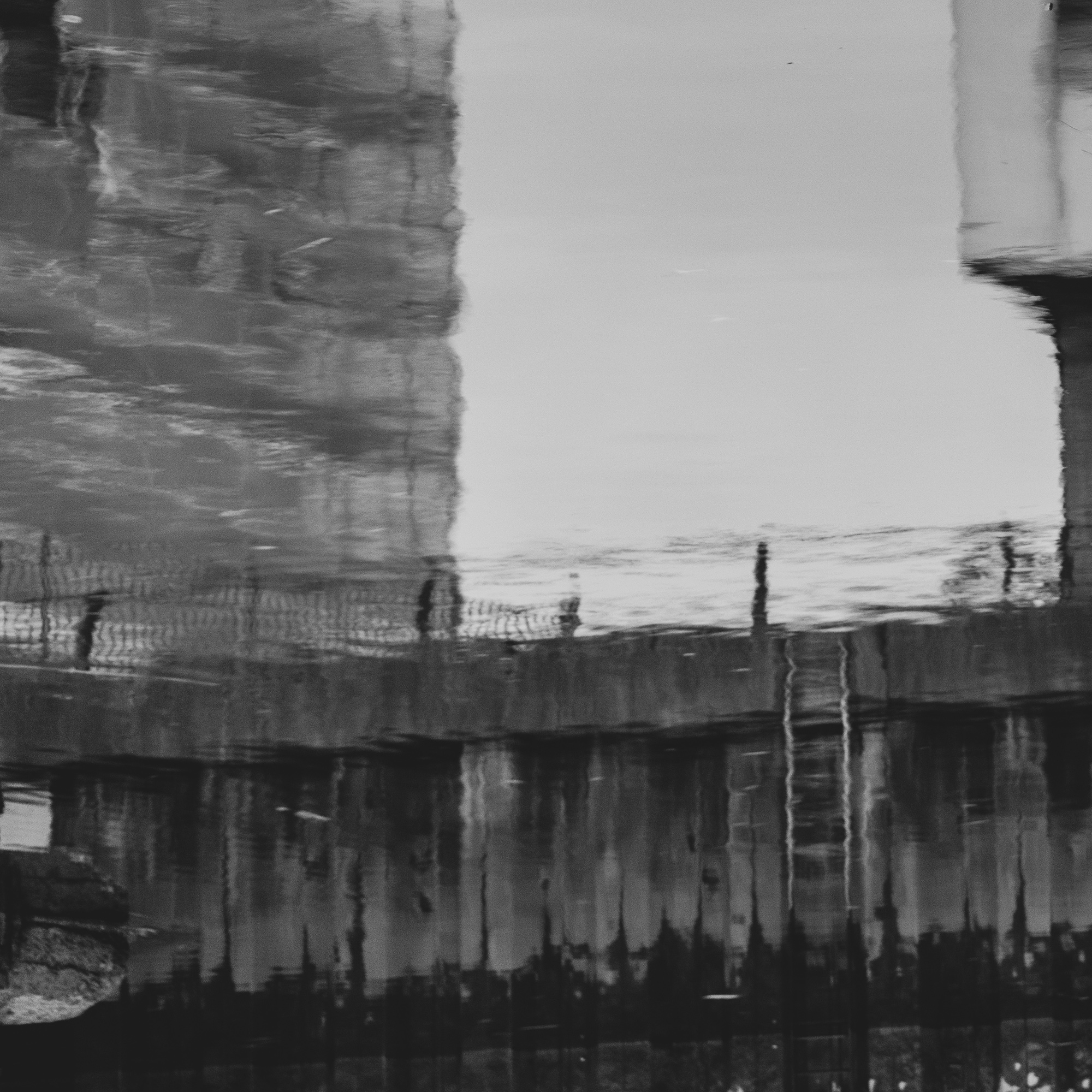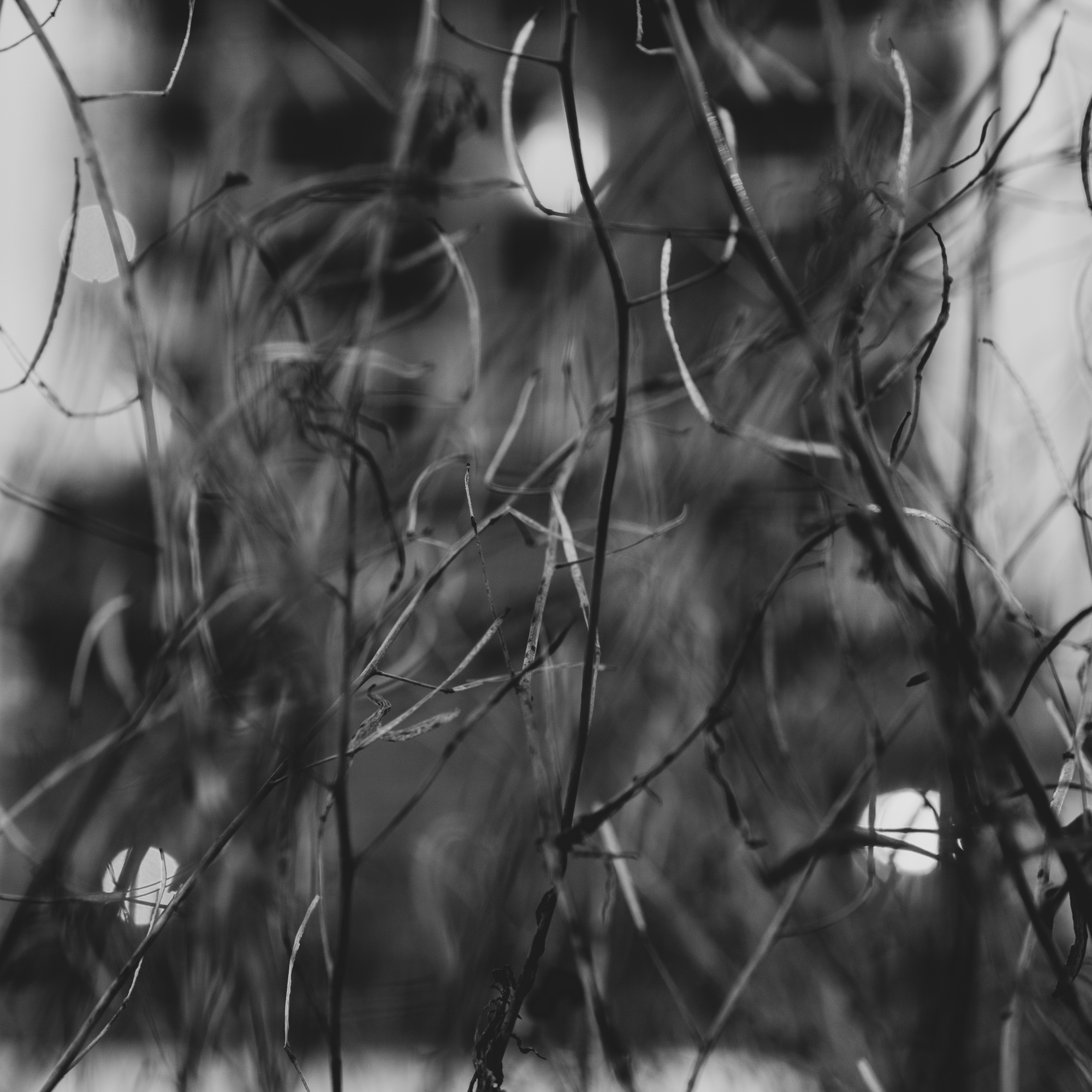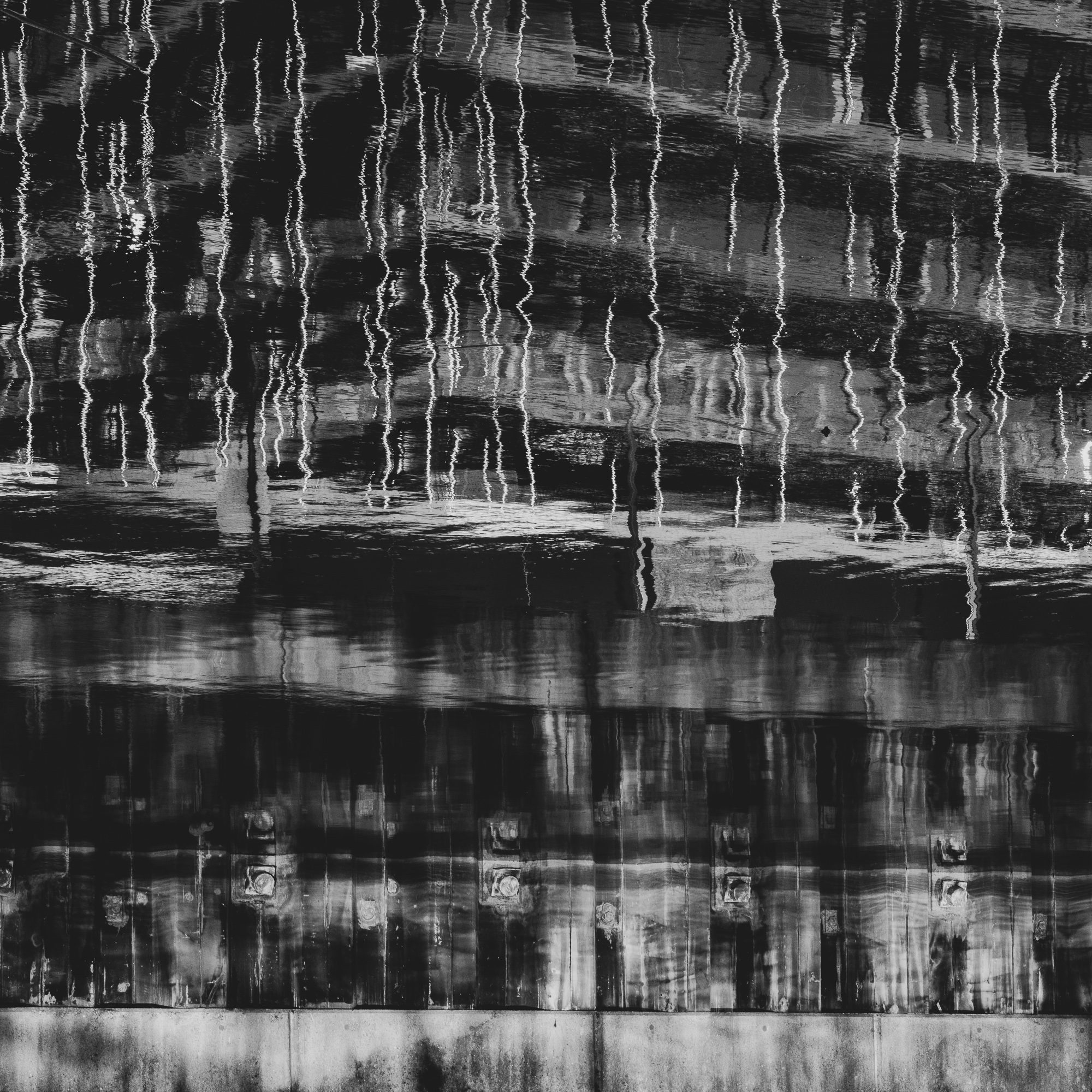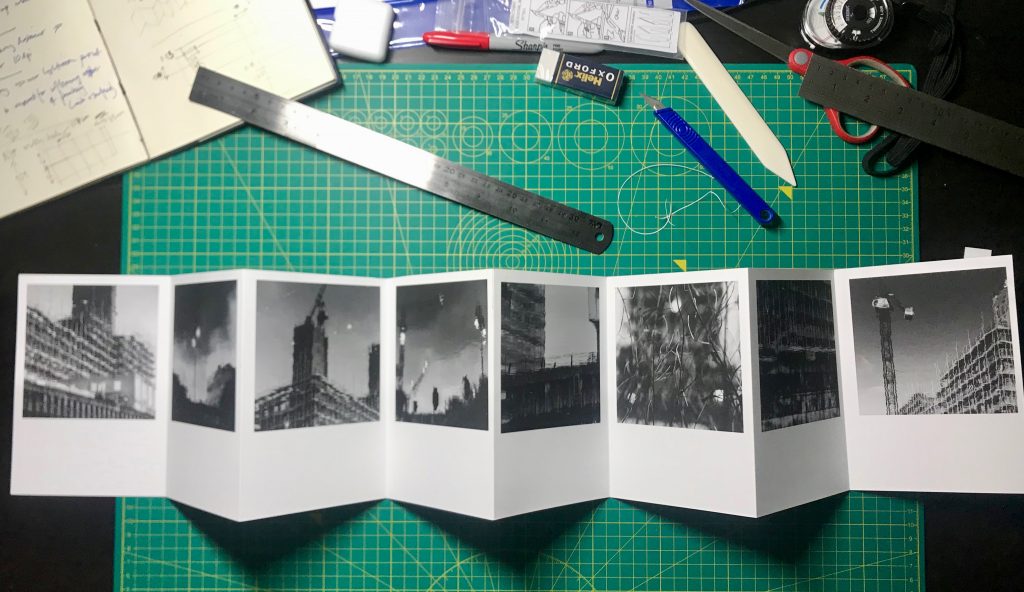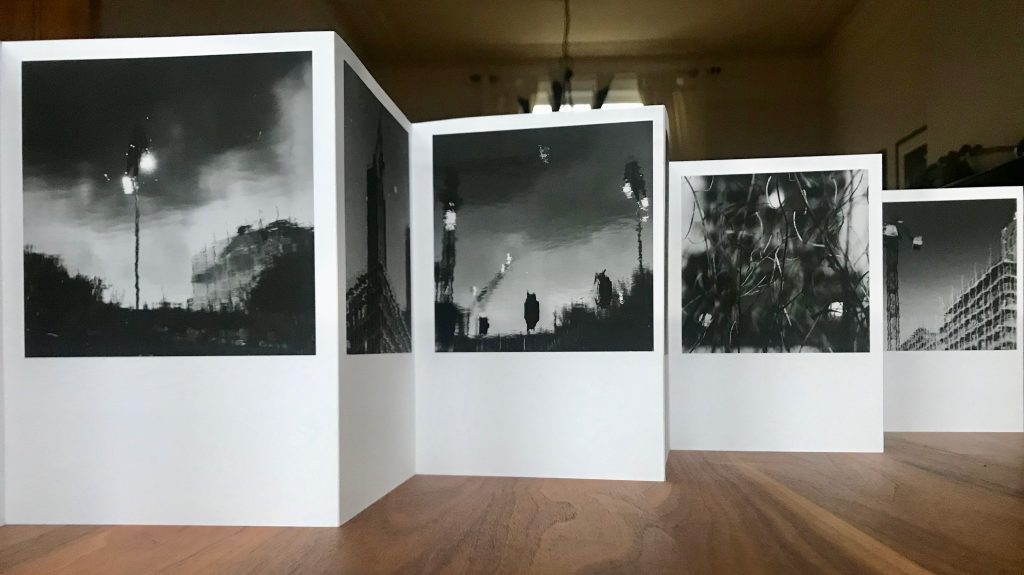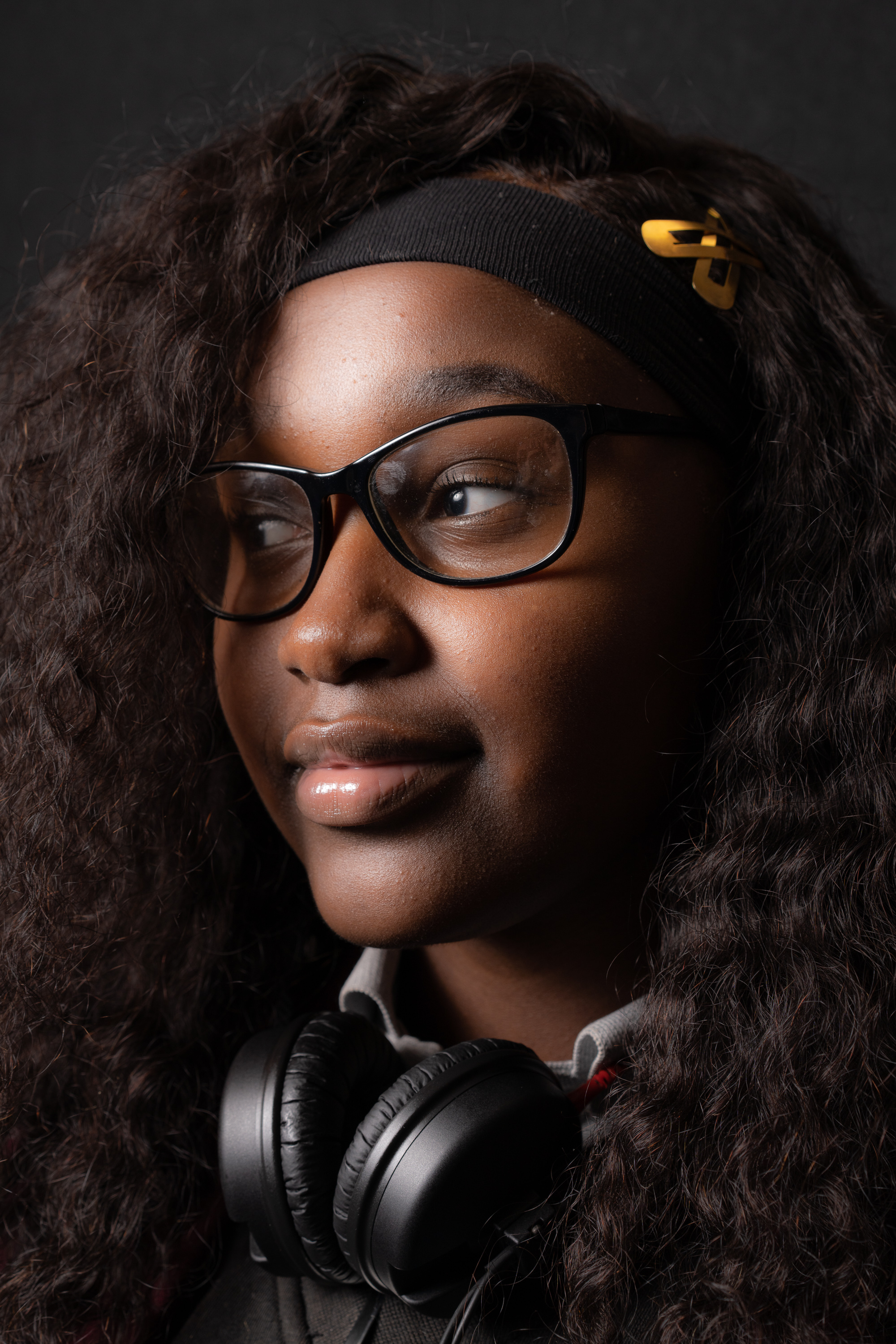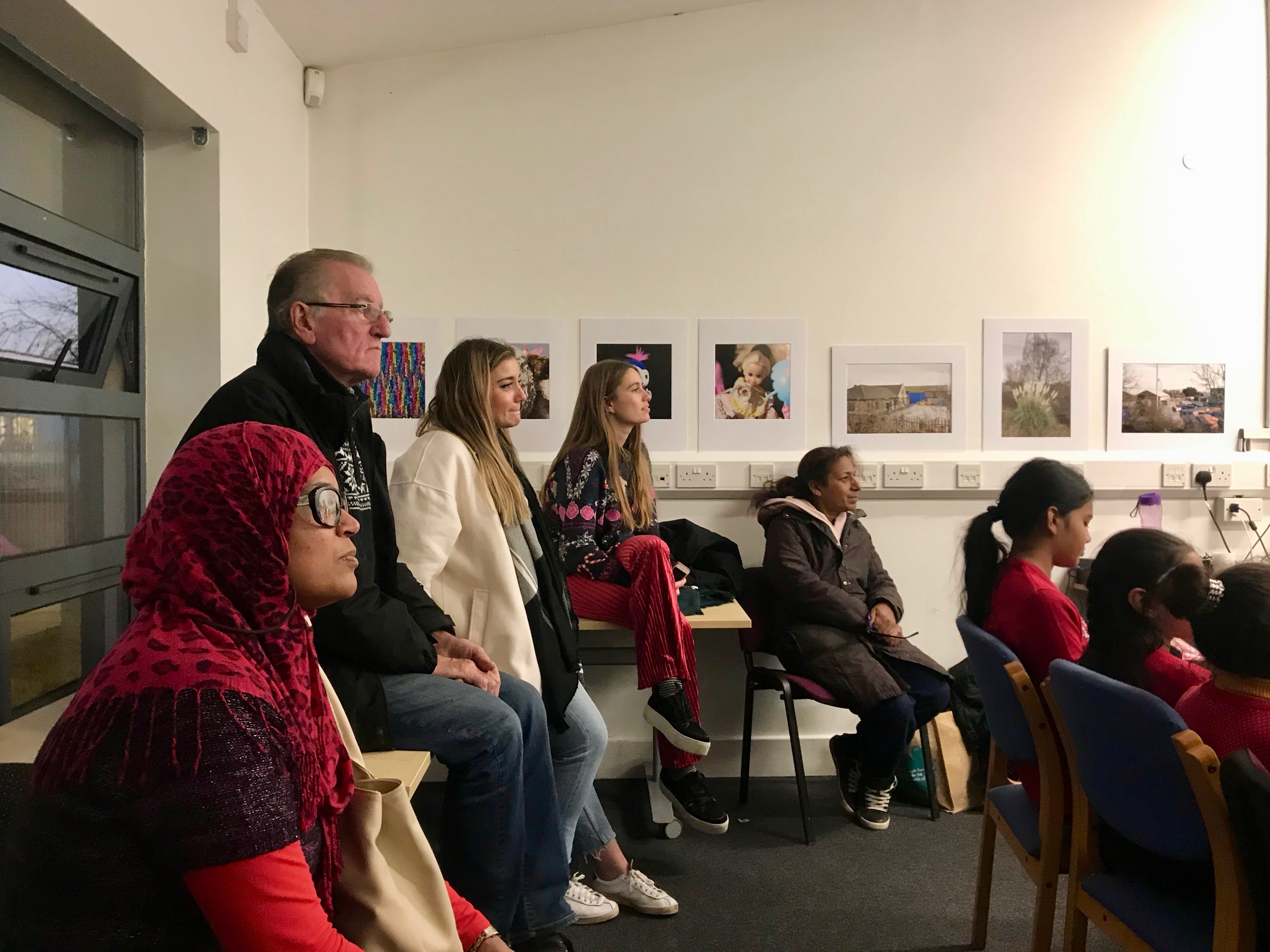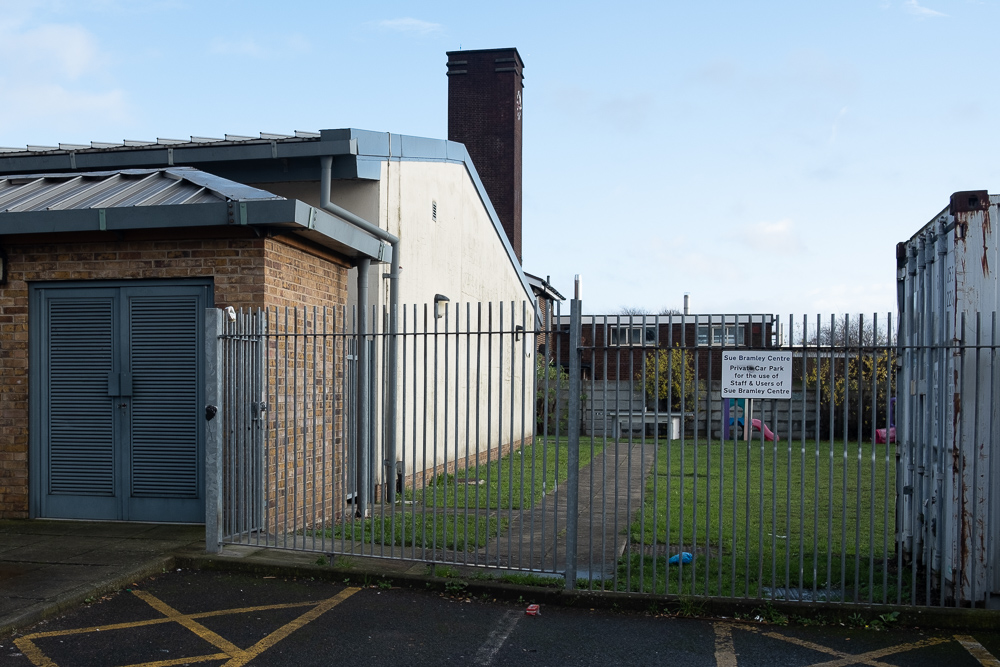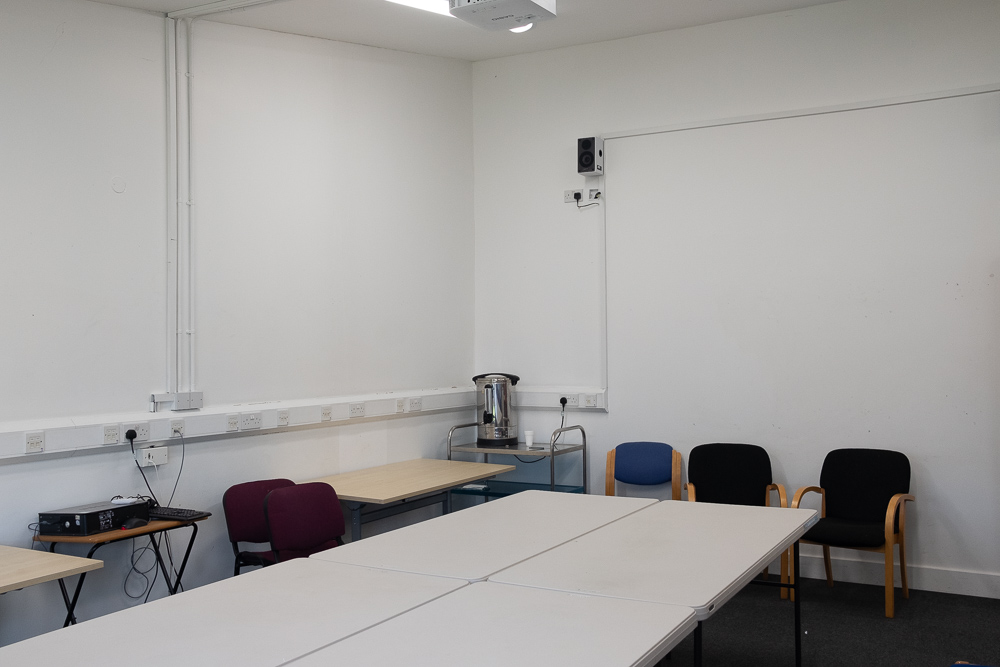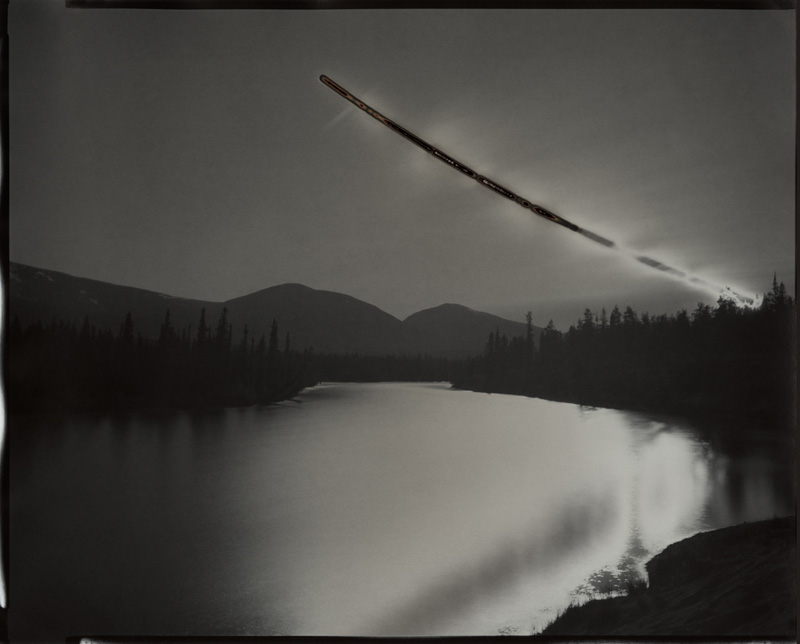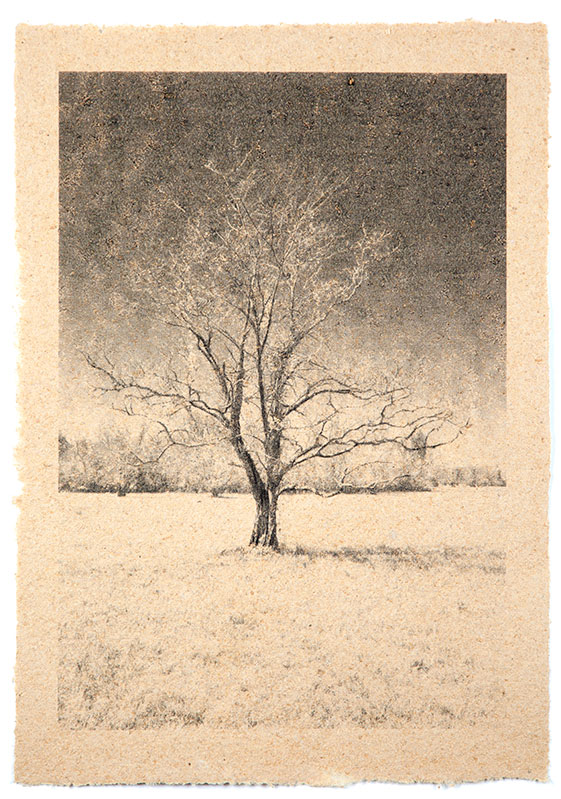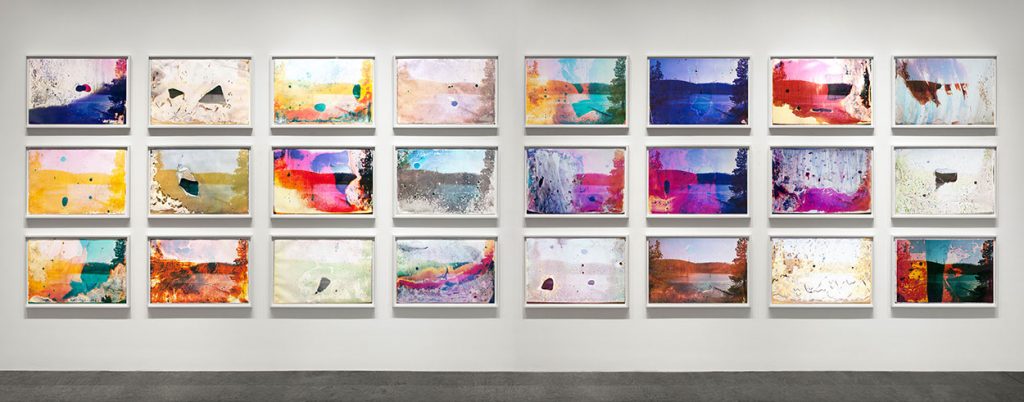The urgent demand for new housing has put particular pressure on the outer boroughs of east London, where a combination of availability of disused industrial sites, neglected housing stock, social demand and aspirational local government has led to a proliferation of large-scale housing developments. These regeneration projects have dramatic impact on both the environment, and local communities.
This project (which is part of a wider engagement with community and activist groups) uses visual means to explore and convey a personal emotional response to the impact of three major developments in Barking and Dagenham, which is both the poorest and the most rapidly developing borough in London. The first of these is the transformation of Barking town centre, through an ambitious, but fragmented, mix of high rise housing and new retail outlets, described by the leader of the council as the creation of a ‘mini-Manhattan’. The second is a strip of large high density developments along the River Roding, transforming moribund retail and industrial parks into ‘the Roding Riviera’. The third development, Barking Riverside, runs along the Thames and is surrounded by industrial units, scrap yards and waste processing plants. It sits on marshland adjacent to former sites of two power stations (a decommissioned gas-powered plant and an older demolished coal-fired plant) and chemical plants, which have left high levels of pollutants in the land. This development is one of the largest in Europe, comprising of over 11,000 units, and ultimately housing a population equivalent to a city the size of Derby. The aspirations of the council leader are to create a ‘Barcelona on the Thames’, a reference to the regeneration of the derelict industrial eastern Barcelona waterfront in preparation for and following the 1992 Olympics.
Whilst the wider project address questions of social infrastructure and community empowerment, the work presented for the FMP specifically focuses on the relationship between human activity and the natural and built environment, and our relationship with the land. The principal images result from walks around the perimeters of the developments (all of which are on private land), informed by engagement with community and activist groups and archive work; a contemporary form of the ancient practice of ‘beating the bounds’ in which the boundaries of an area are physically experienced, re-established and committed to memory. The images combine elements of human activity and the environment in different ways. The use of analogue and digital forms of image making, processing and distribution reflect the transition from material/chemical to symbolic/digital production in the area (the site of a large chemical plant, for instance, now houses one of Europe’s largest data centres, and an electricity substation built to serve its power requirements). The play between digital and analogue forms also resonates with the impact on the environment and the lived experience of citizens of ‘datafication’ and use of algorithms in social planning and development. The area has strong links to China, and is the UK terminus for ‘the new silk road’, with a train from Yiwu in northern China arriving once a week with 34 containers, following an 18 day journey, adding a further dimension to the the notion of the borough as ‘the rising east’ and raising questions about where the boundaries for an area can be drawn.
The outcomes of the project are in the form of three sets of images with contextual material (texts, maps, diagrams, sound recordings and artefacts), which together serve to provoke engagement with different dimensions of the impact of rapid urban development on this area of east London, and more widely. The images and materials are presented in three artist made archive boxes, and can be configured and used in different ways (for instance, as an exhibition, as the basis for a group activity or for individual handling and reflection). There is no predefined order to the images or expectations about how viewing of the images should be combined with the contextual materials. The work is non-didactic, and is designed to eschew conveying a single narrative. Rather, the sets of images are presented as a lyrical response, and designed to offer the viewer the opportunity to construct their own narratives and sense of place from their engagement with the work, and, indeed, to reconfigure and add to the collections.
The photographs in the ‘mini-Manhattan’ collection combine images of everyday human activity in the area with images of the natural environment and the process of transformation of the built environment. The ‘Roding Riviera’ photographs use the river as an enduring form of mediation of images of construction and environmental transformation. In the ‘Barcelona on the Thames’ series, the unruly industrial and natural periphery of the Barking Riverside development is explored through the chemical and digital degradation of images of the development. In each case, the principal images are juxtaposed with a range of contextual contemporary and historic images and other material.
The work will be presented publicly in a sequence of pop-up exhibitions, workshops and presentations, including an exhibition (5th March) and a trade school on community archiving (9th April) at the Participatory City Warehouse in the Barking Riverside area, a series of workshops (5th, 10th and 25th March) and an Open Table exhibition (18th April) at Everyone Everyday in Barking town centre, and a presentation to the London Prosperity Board (29th April).


